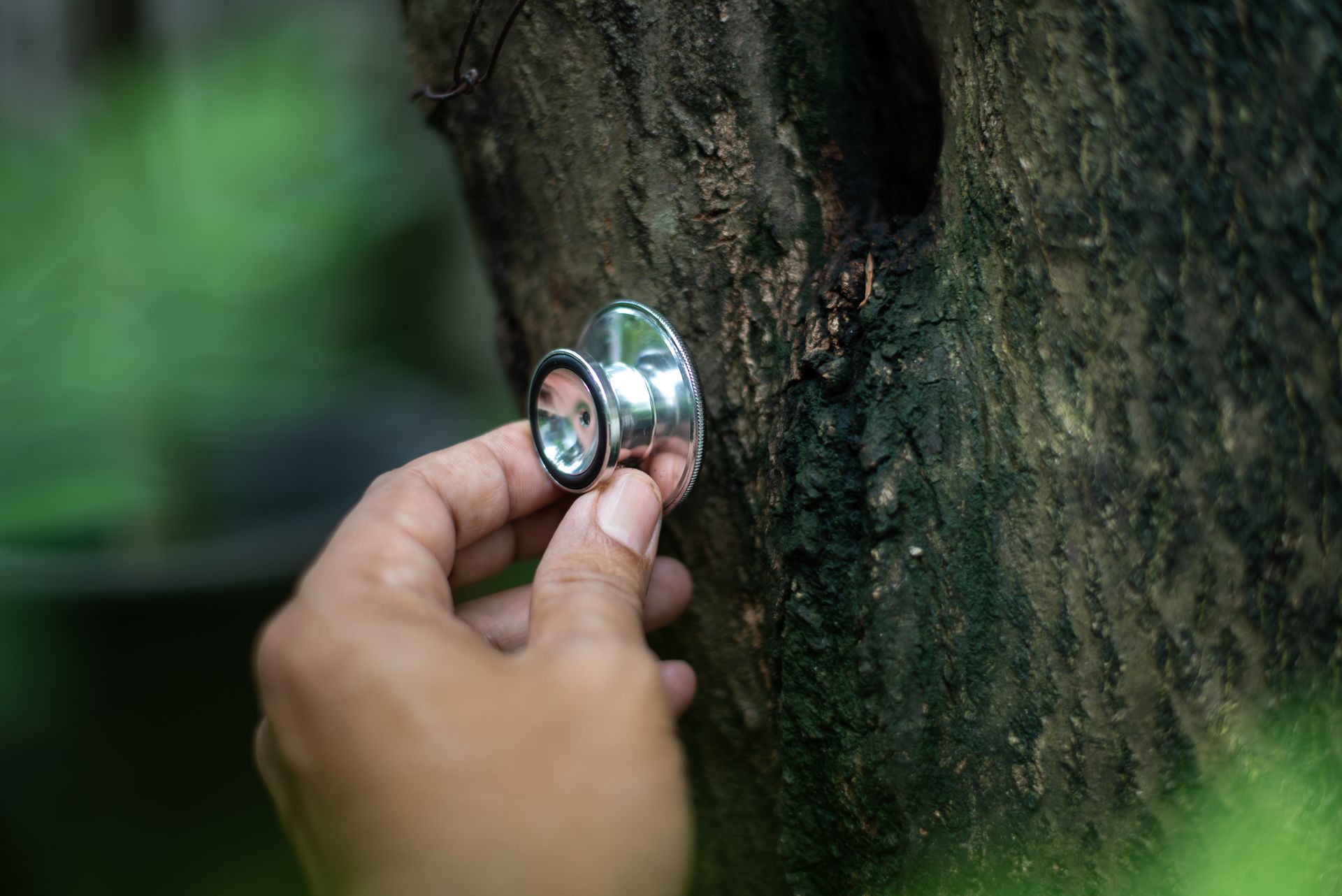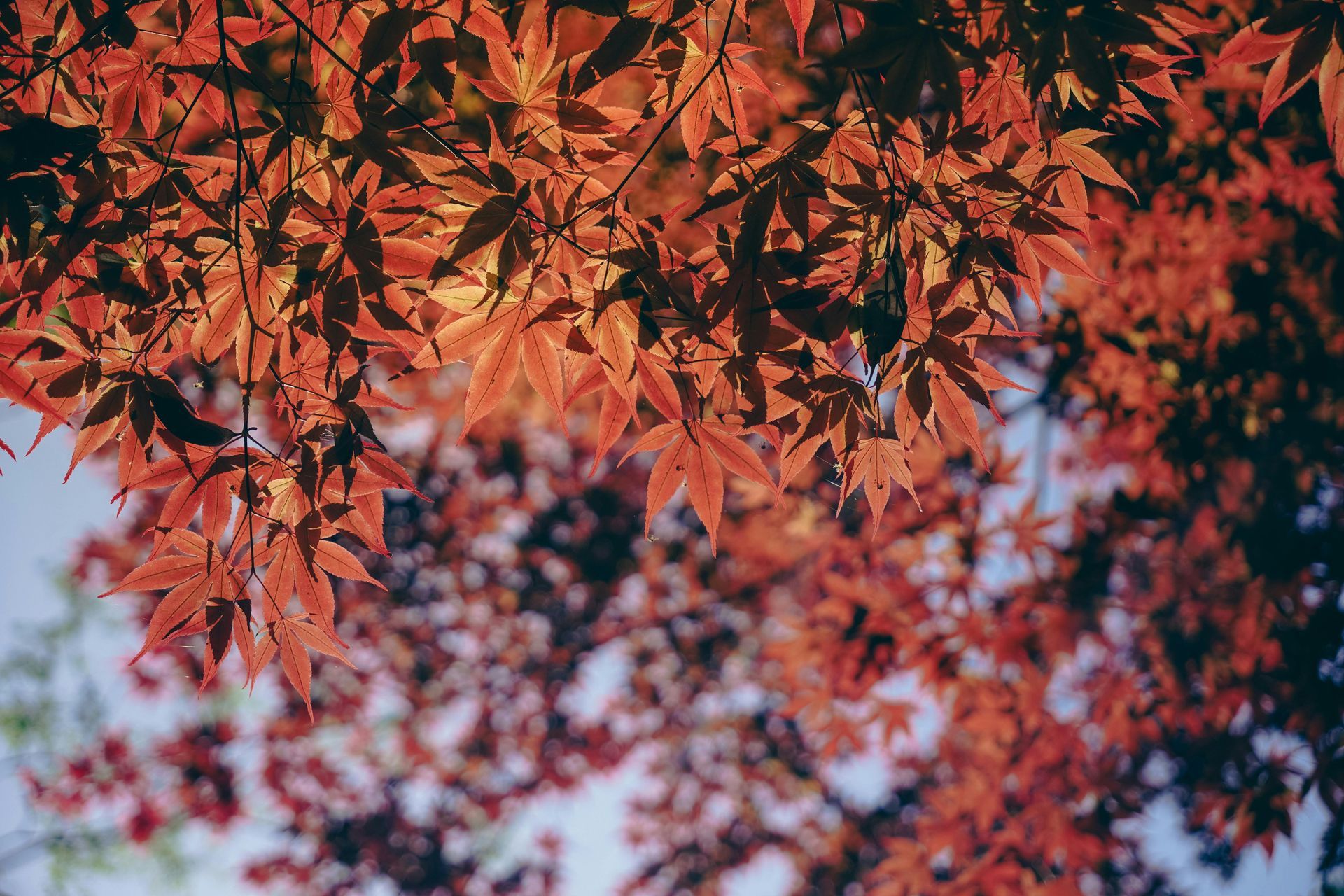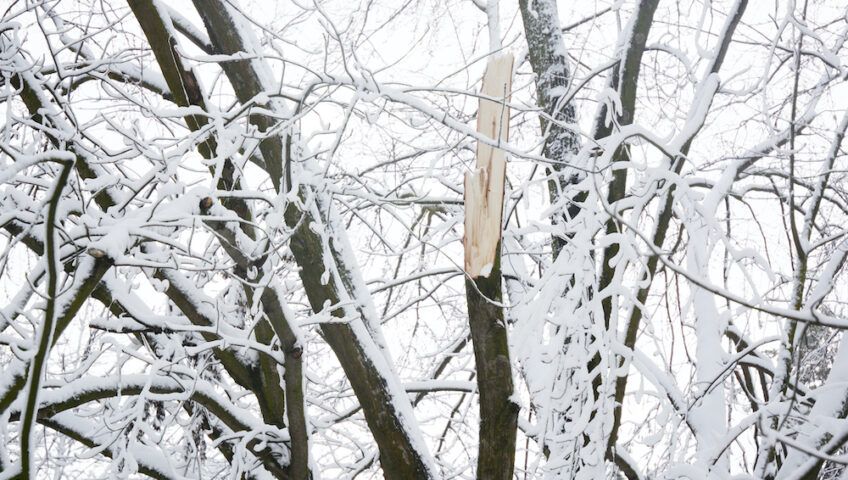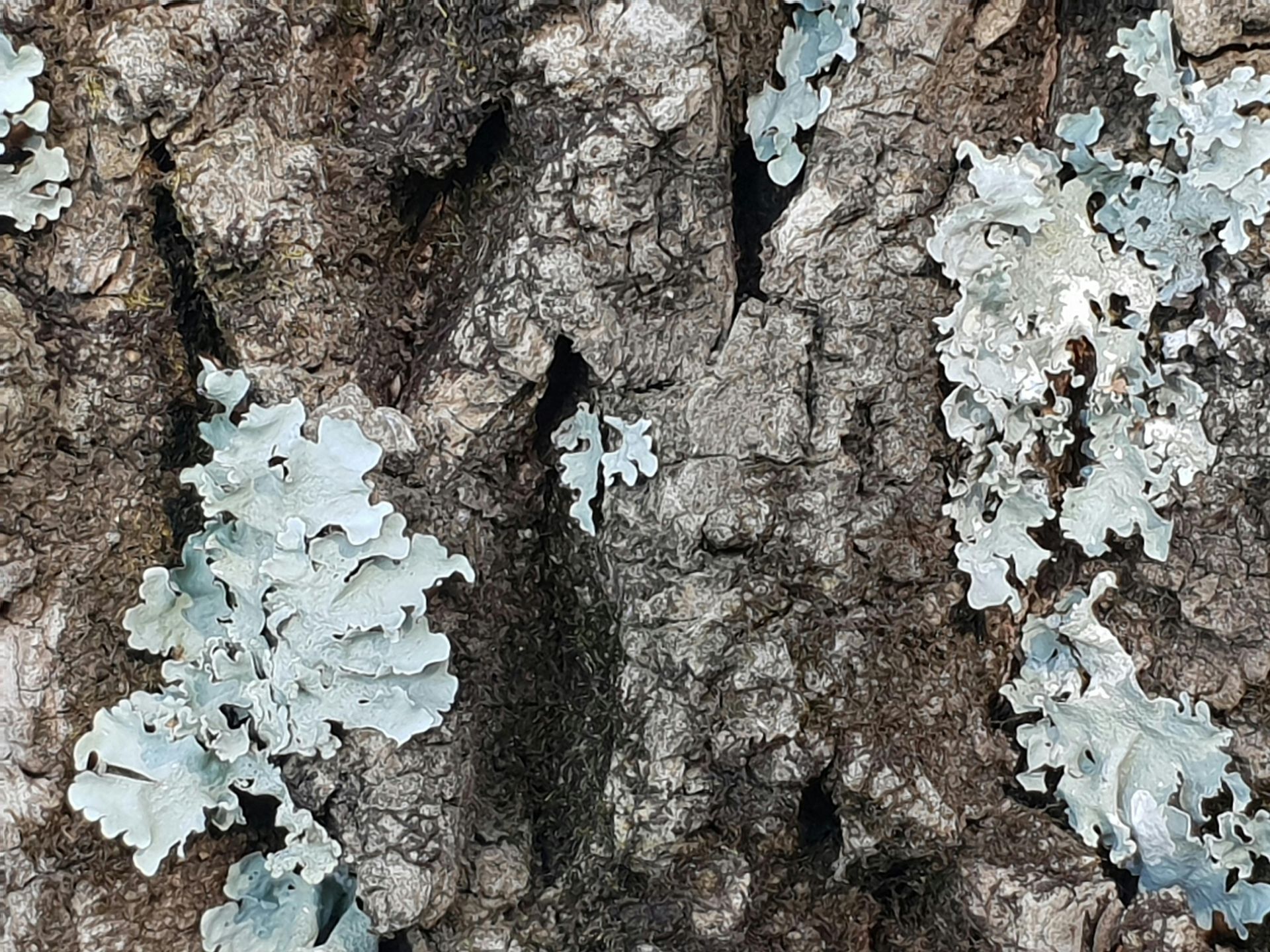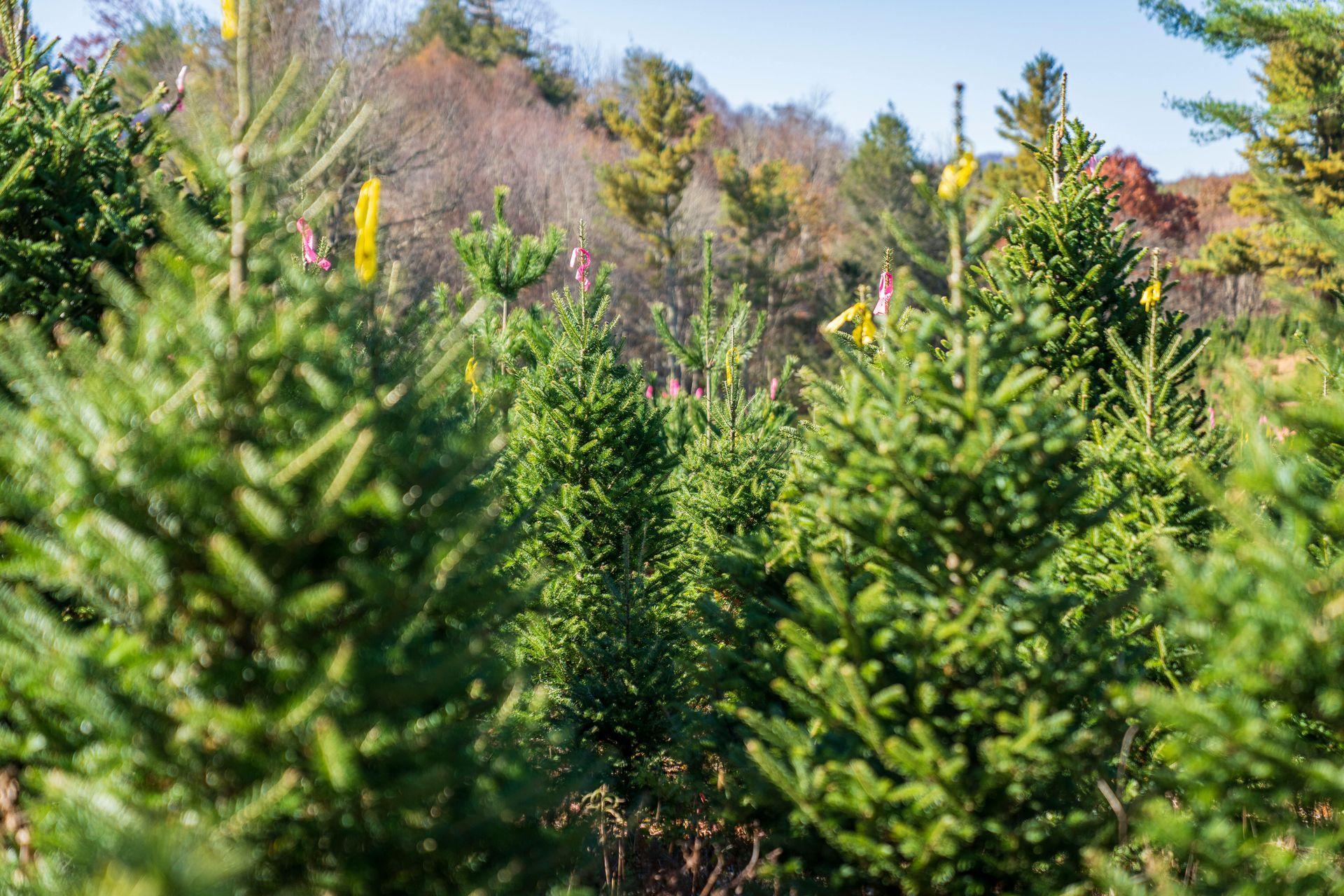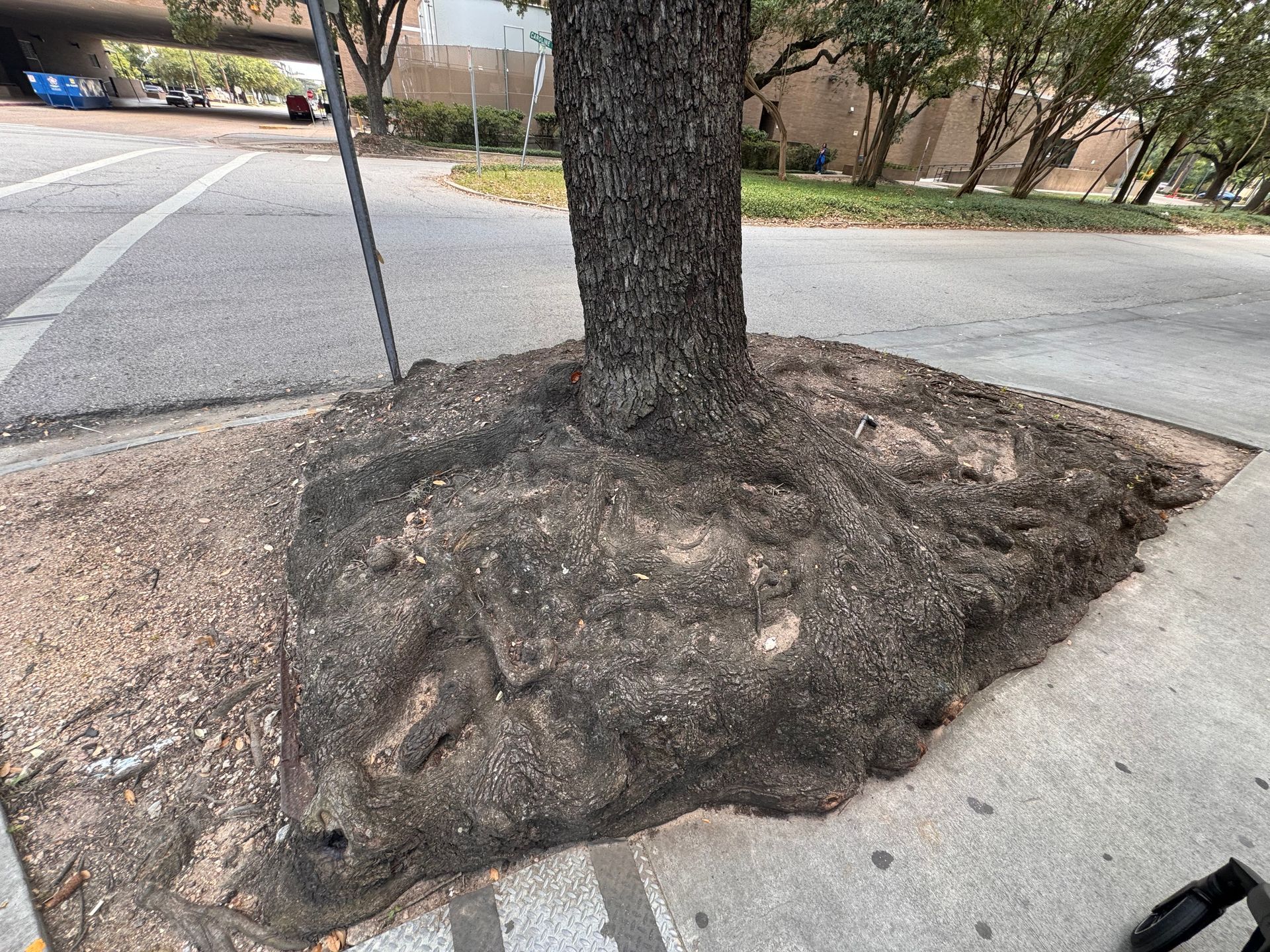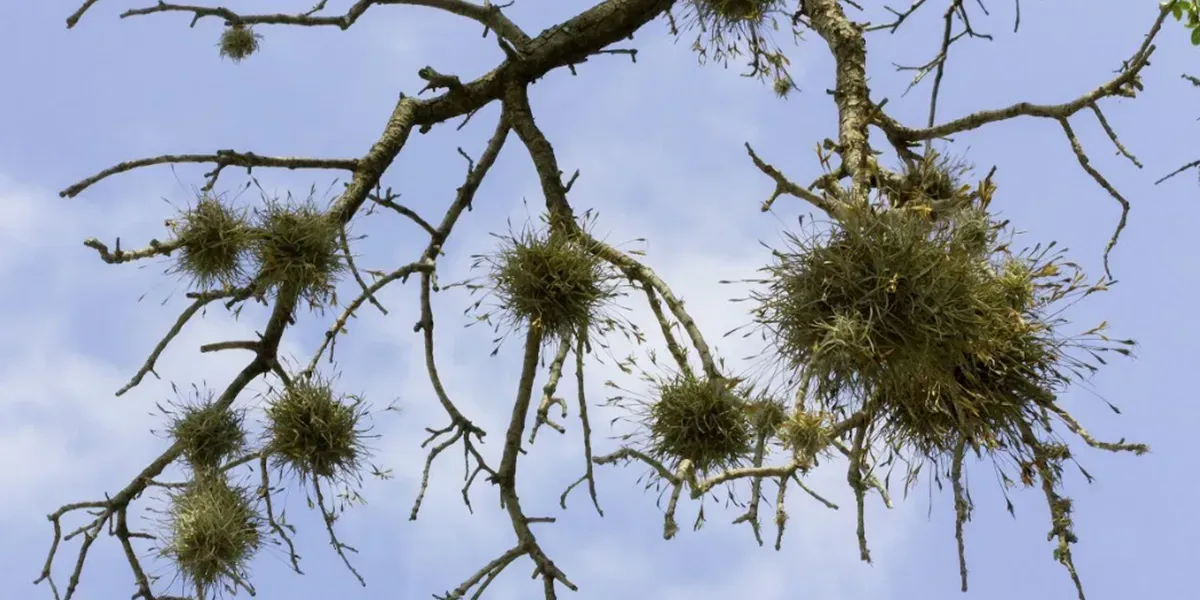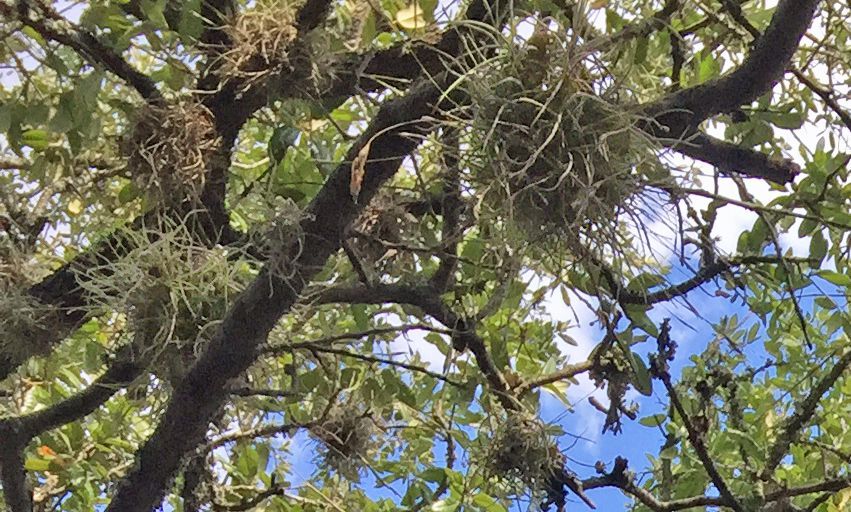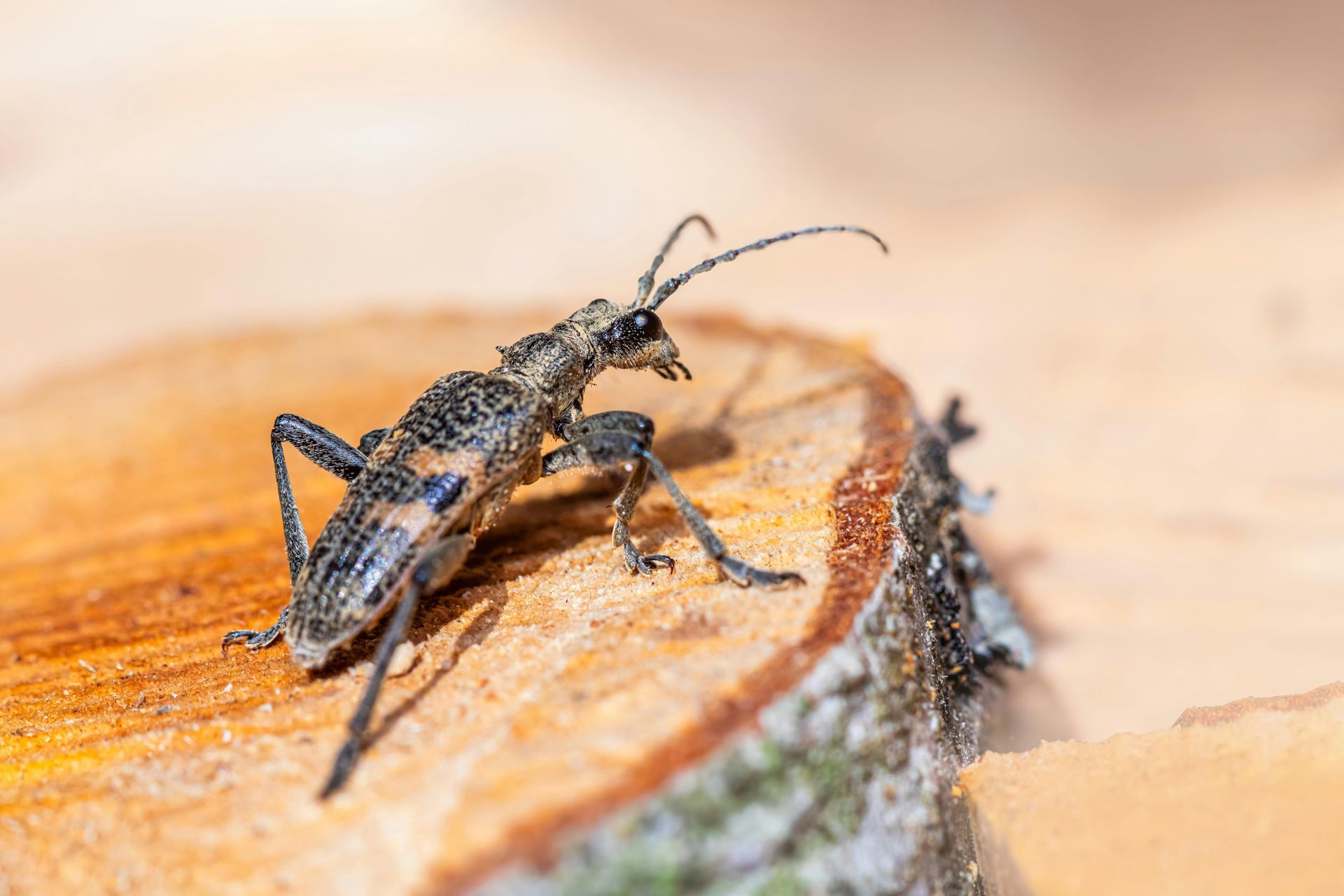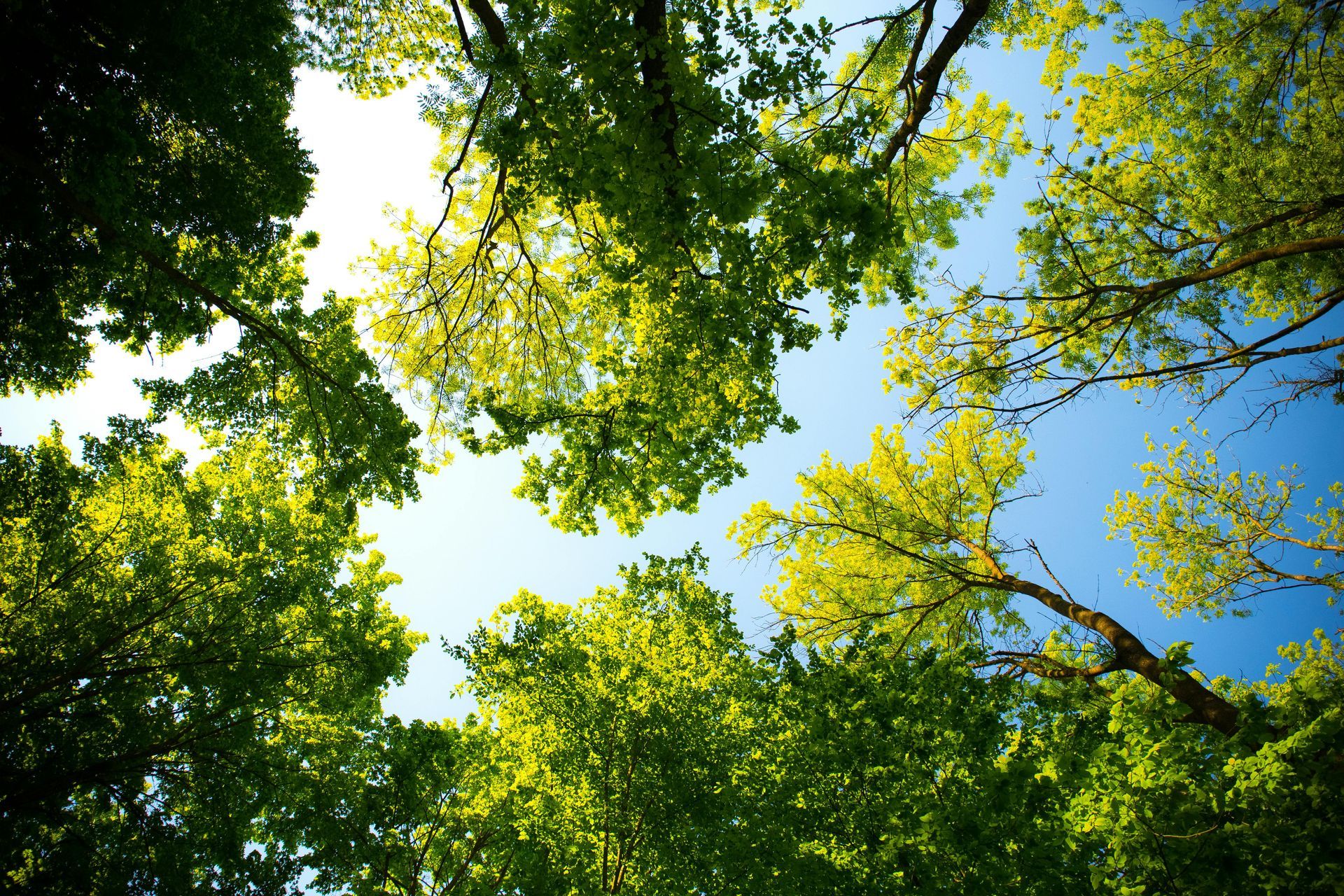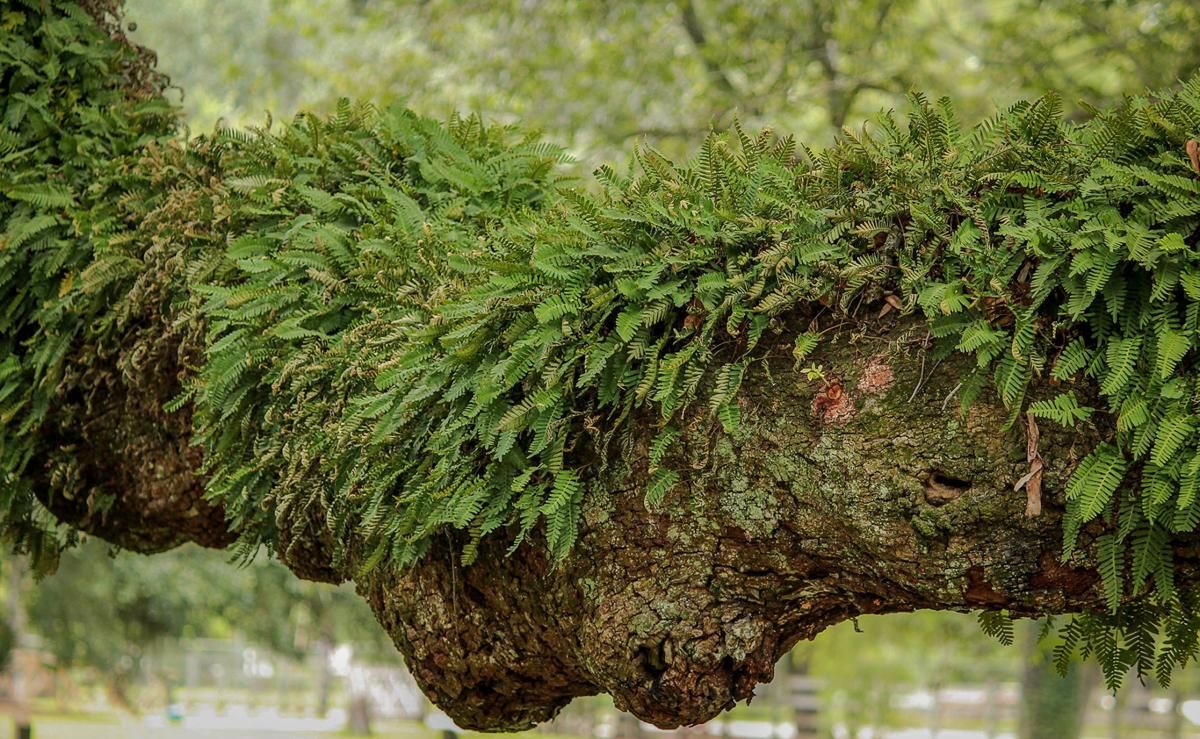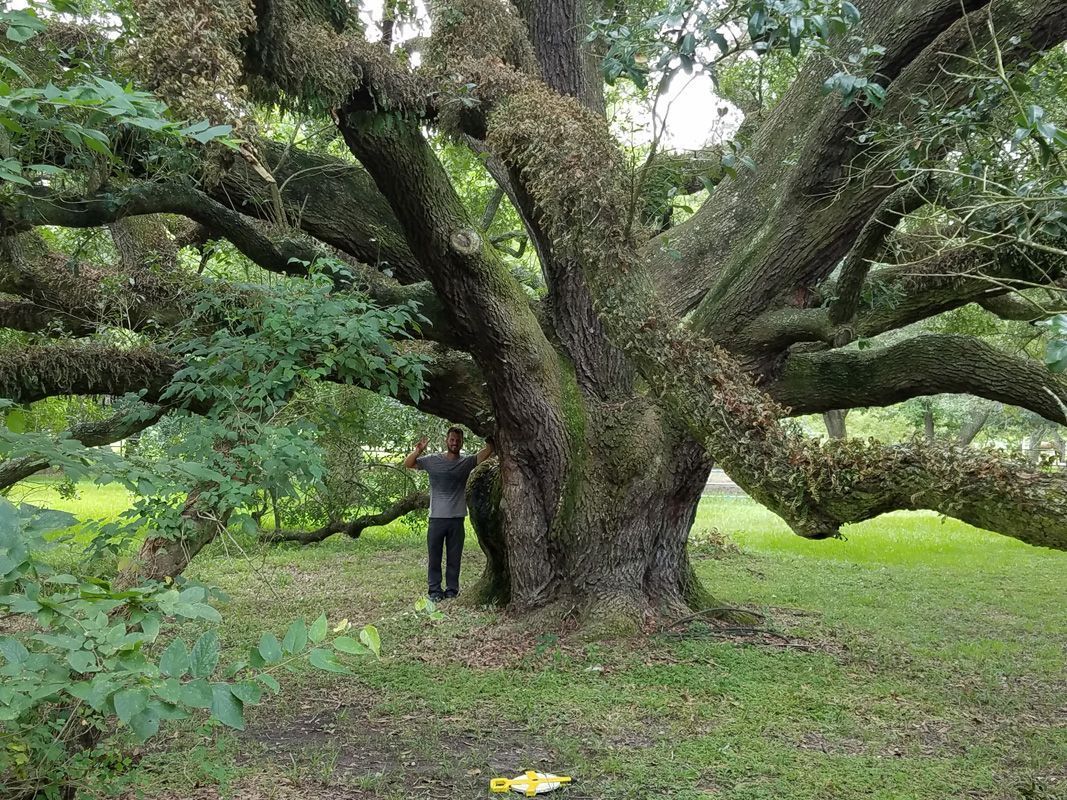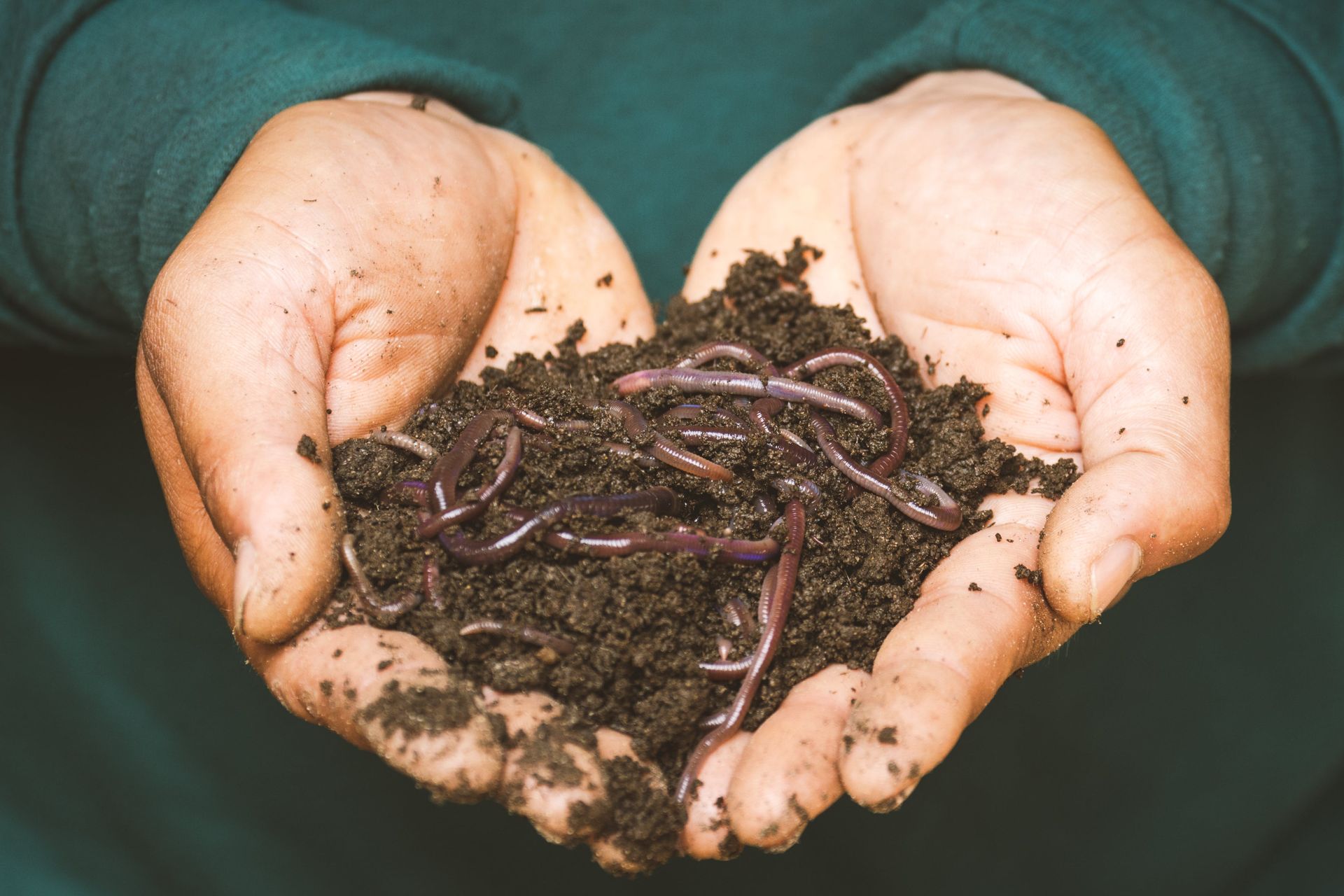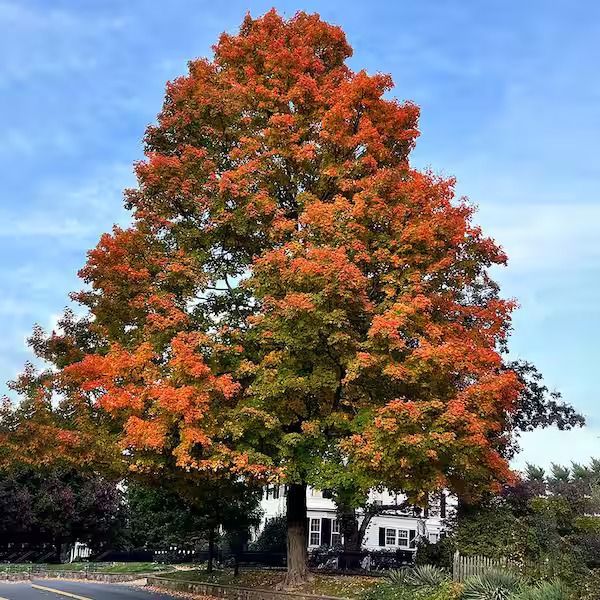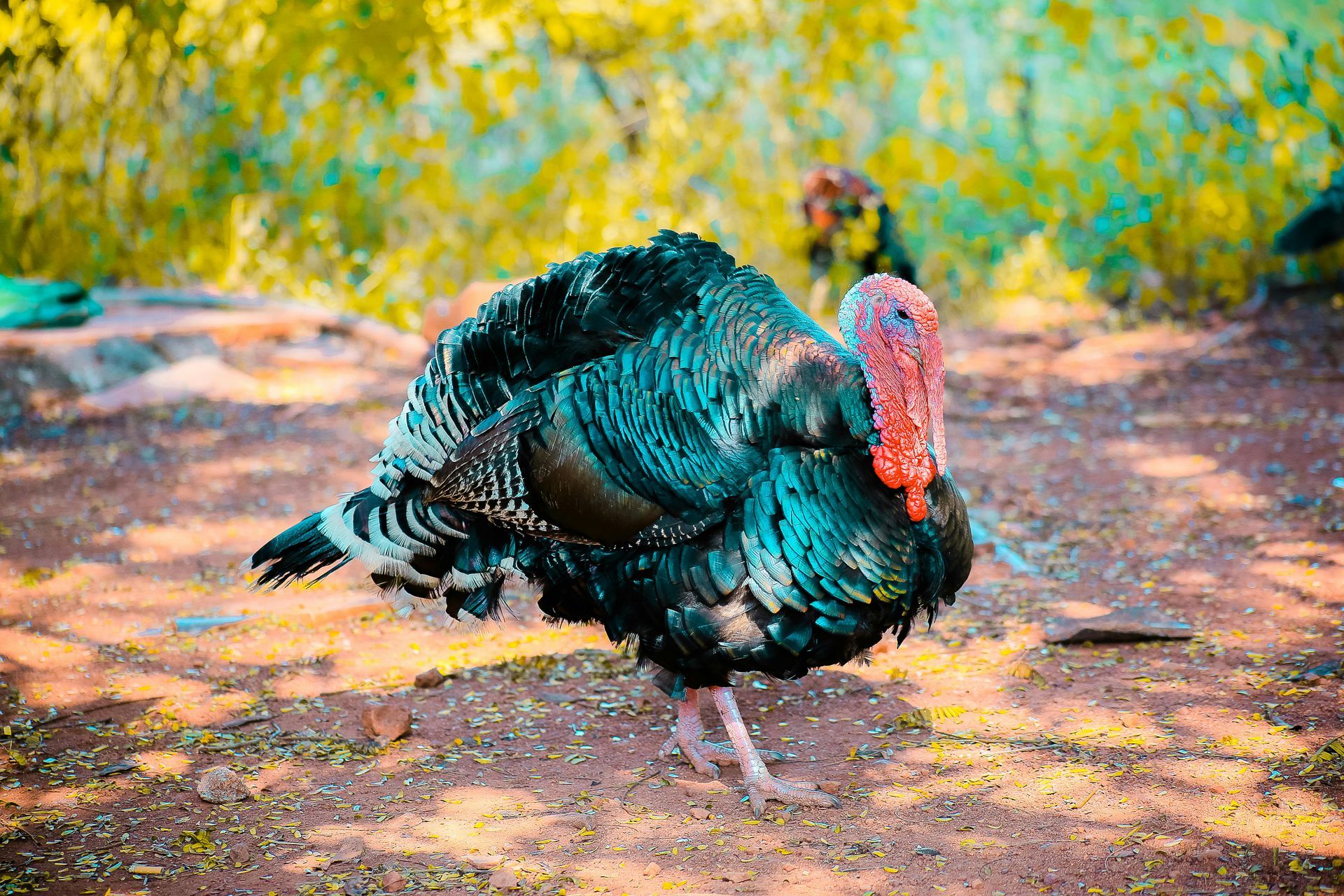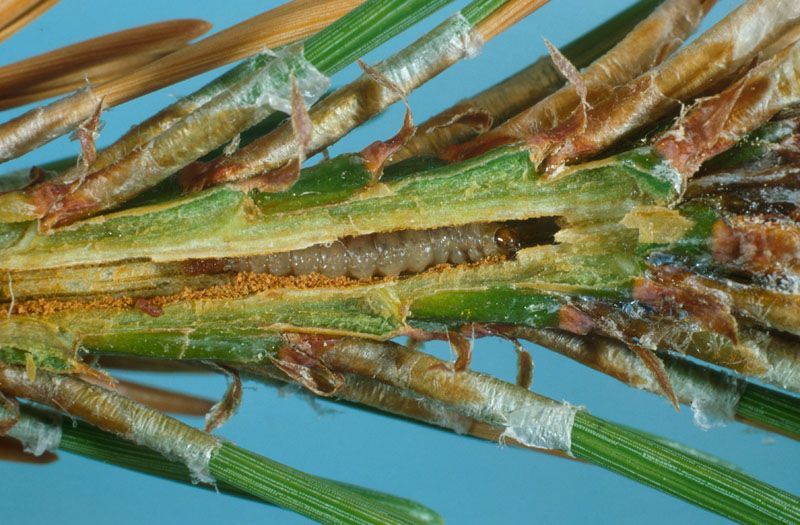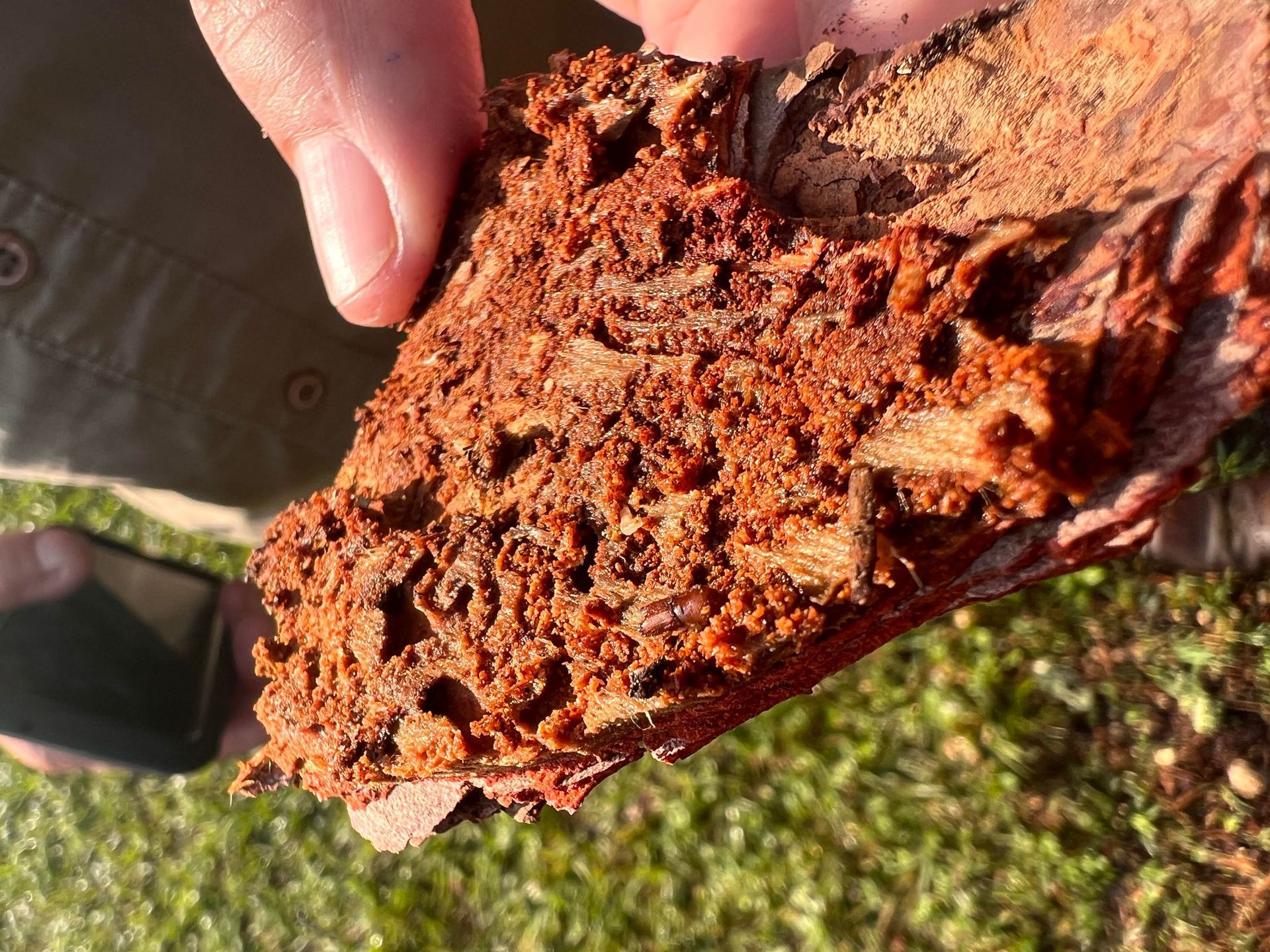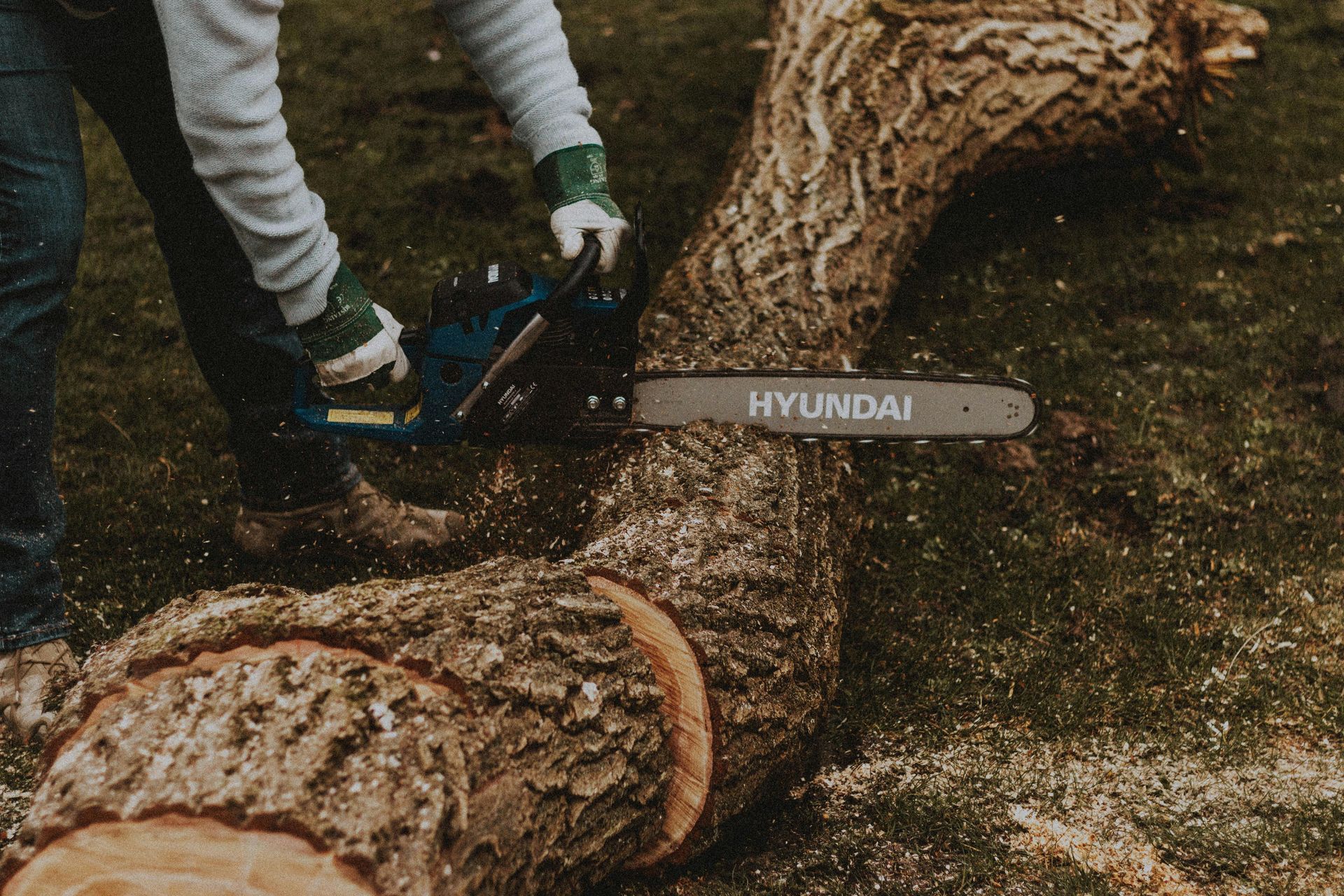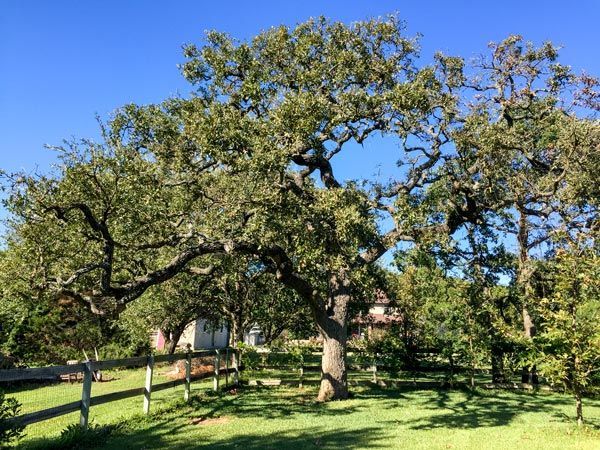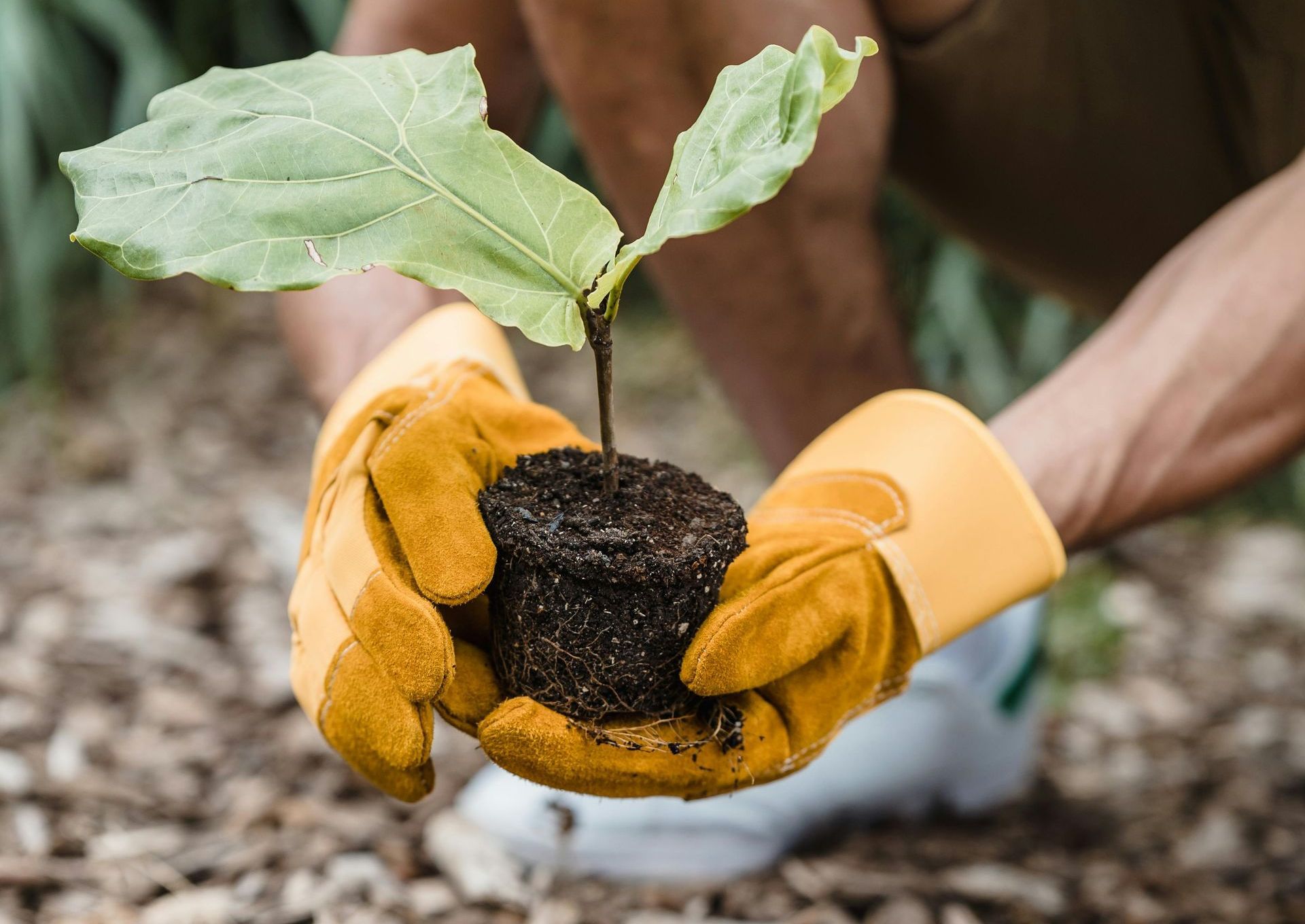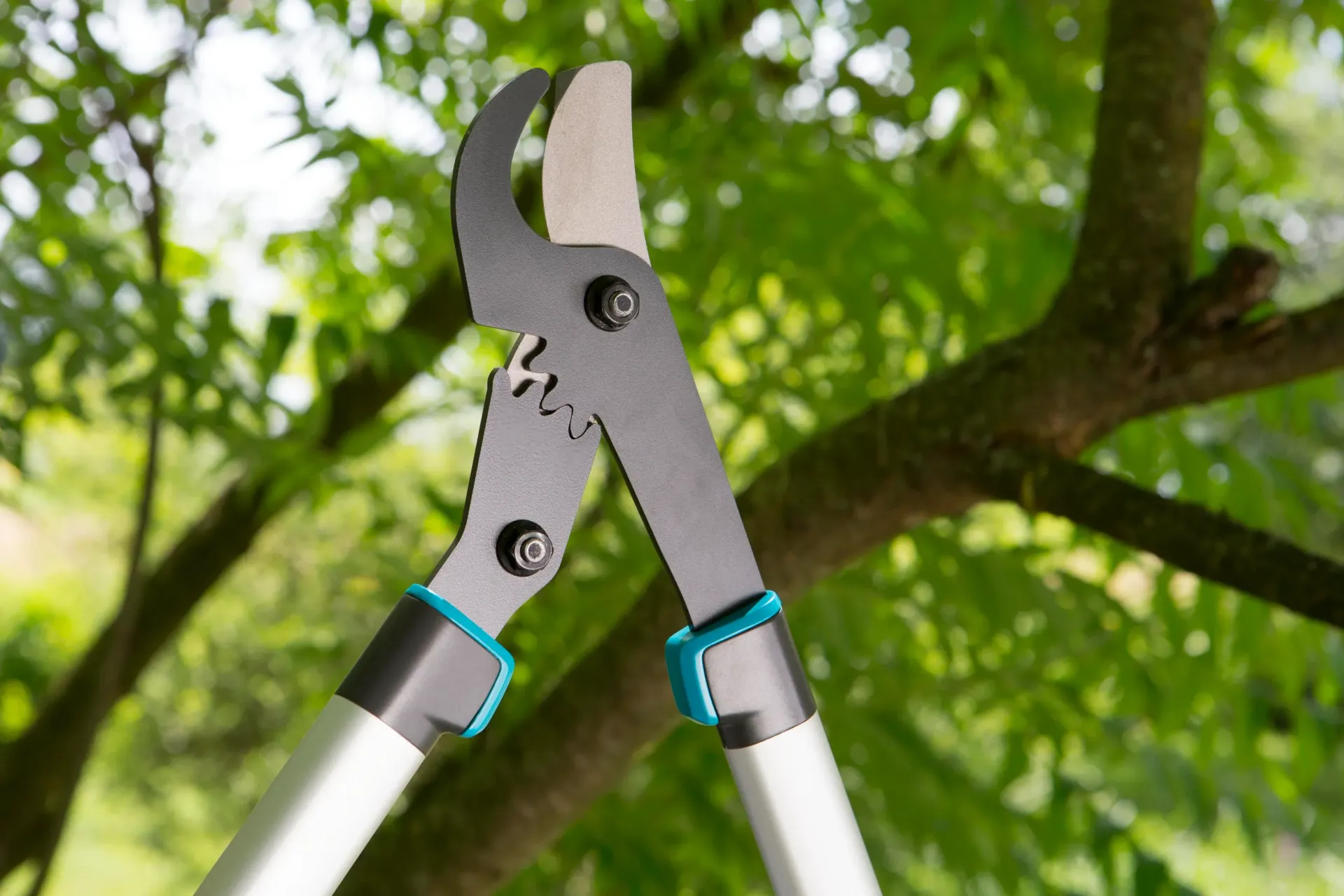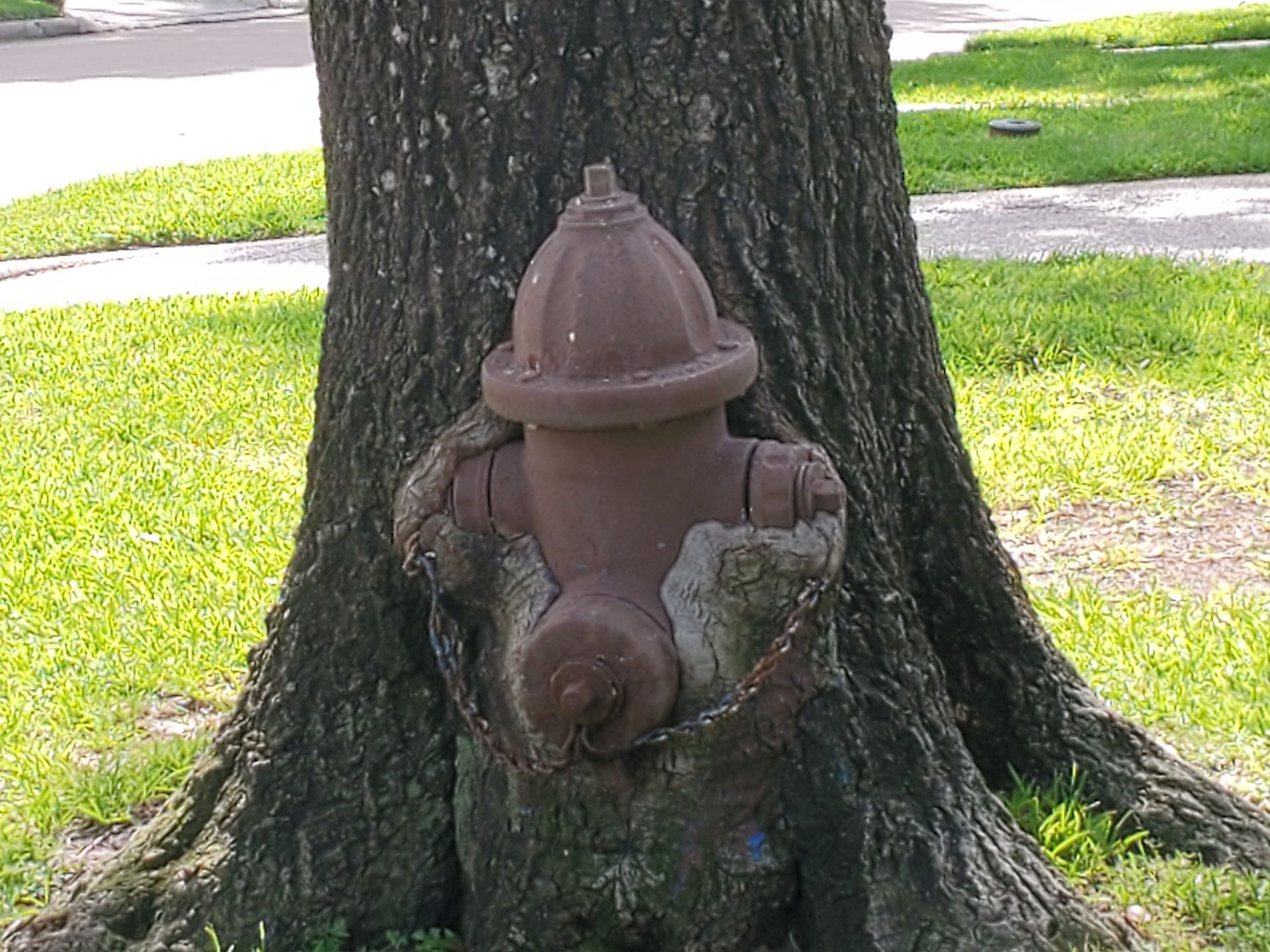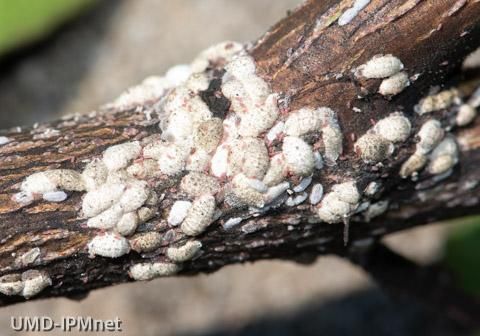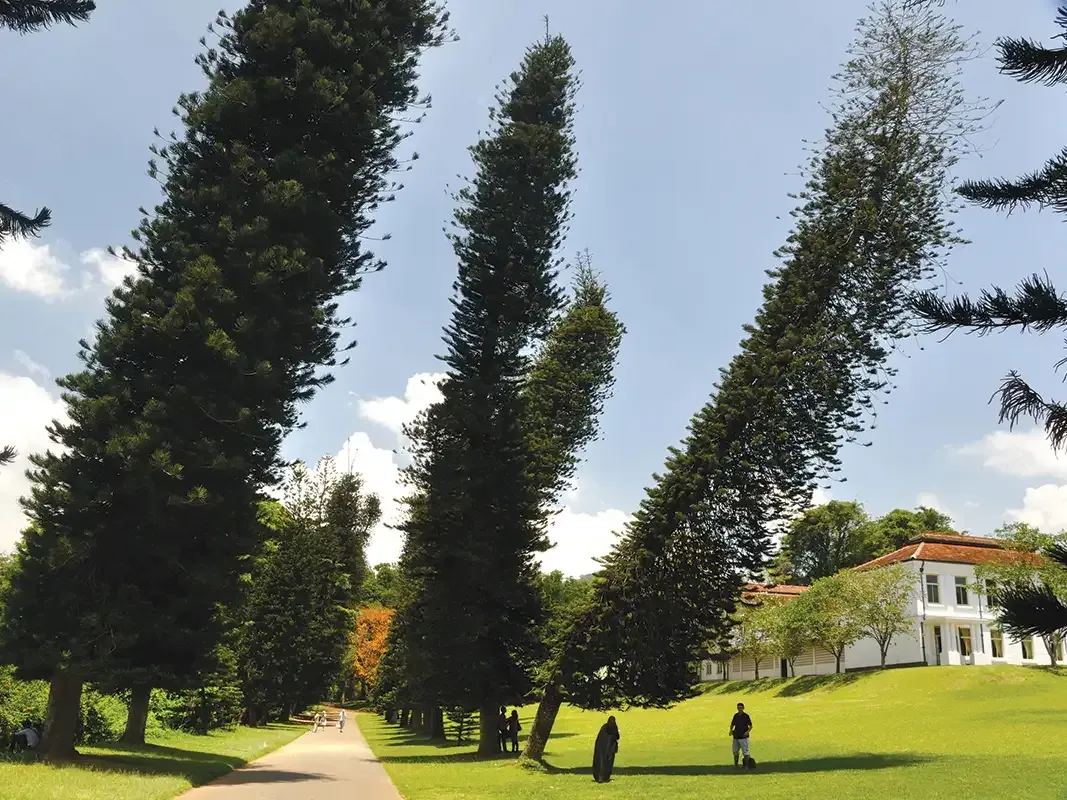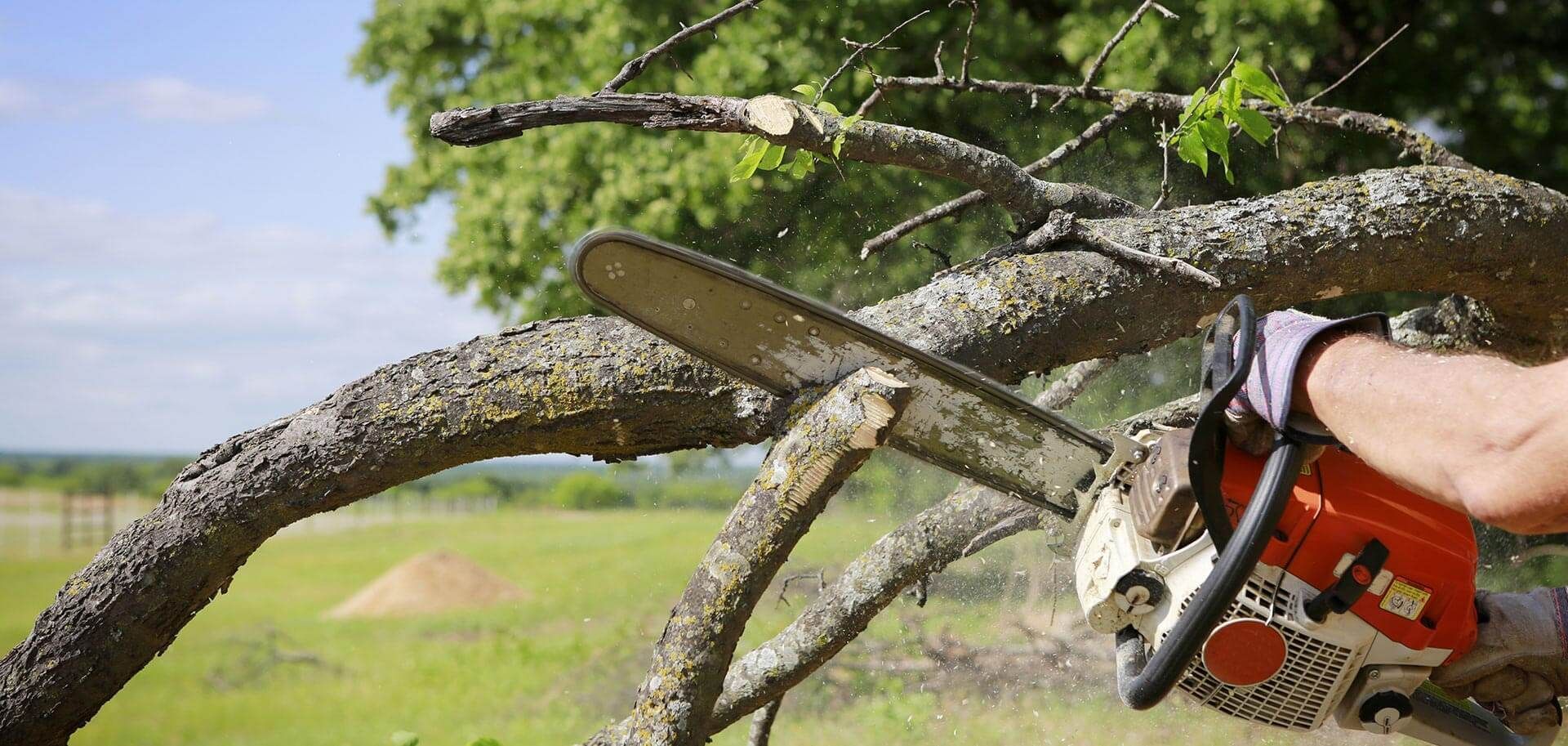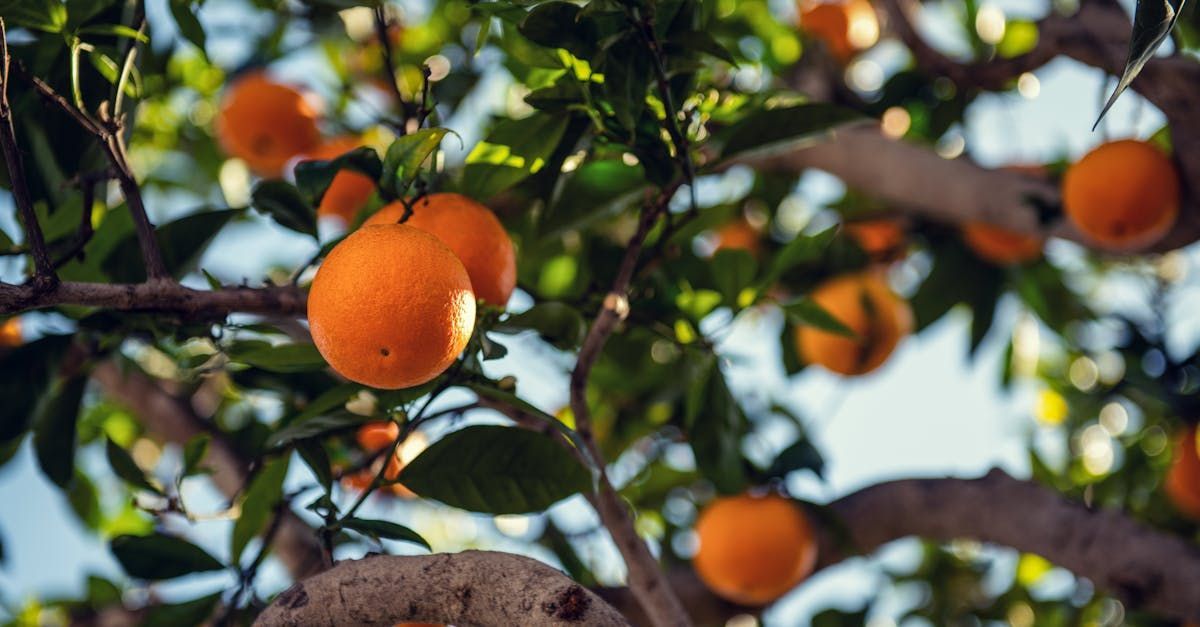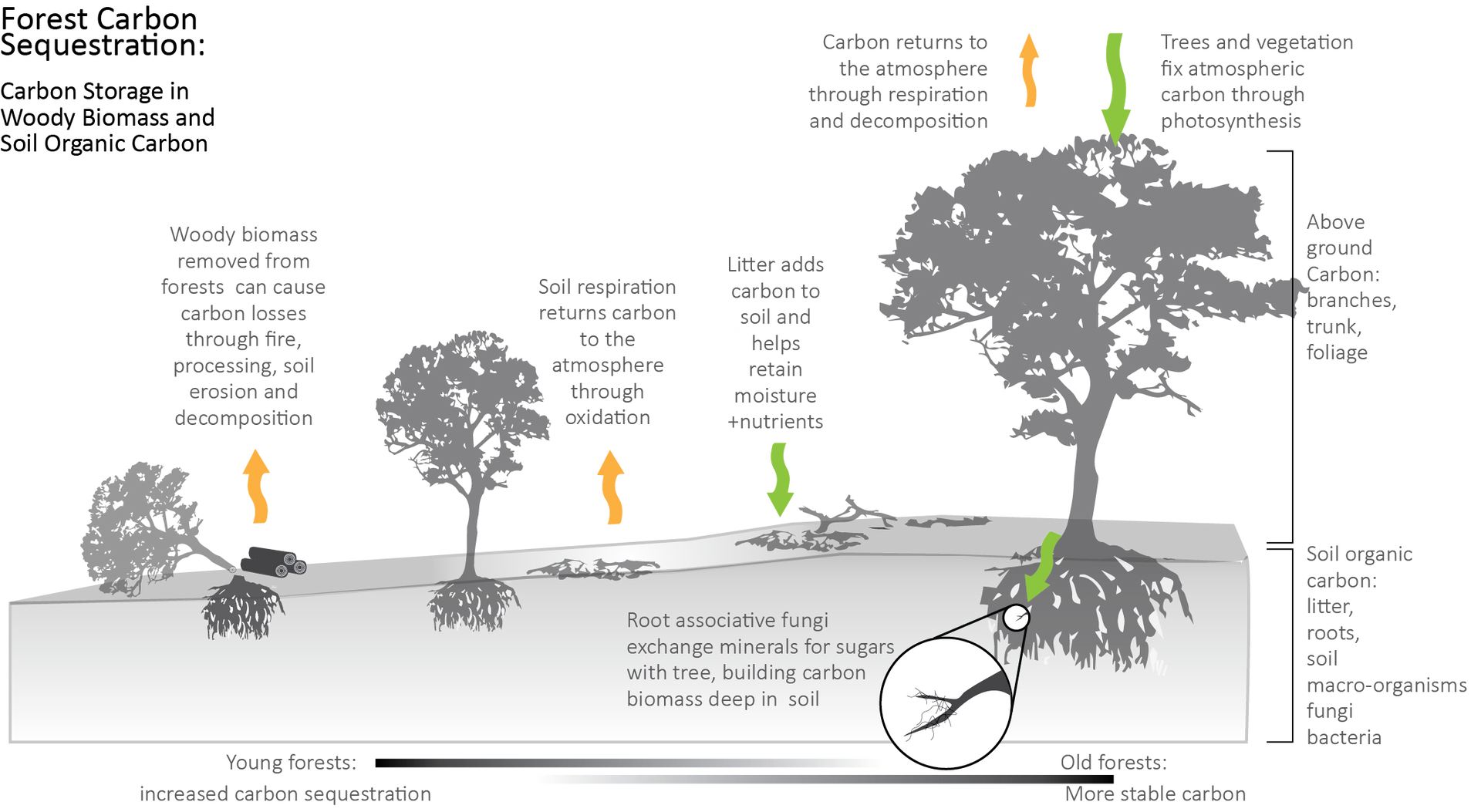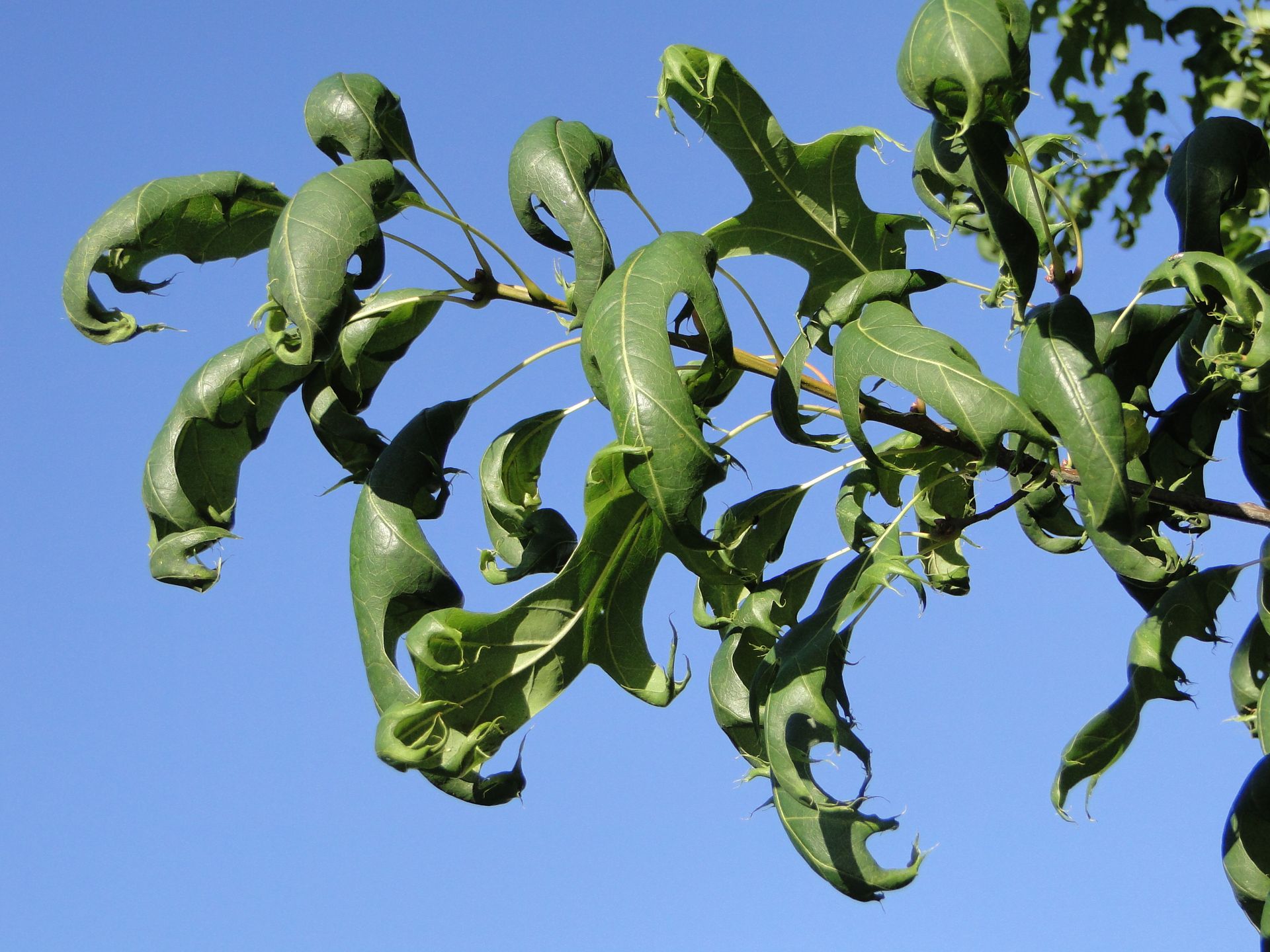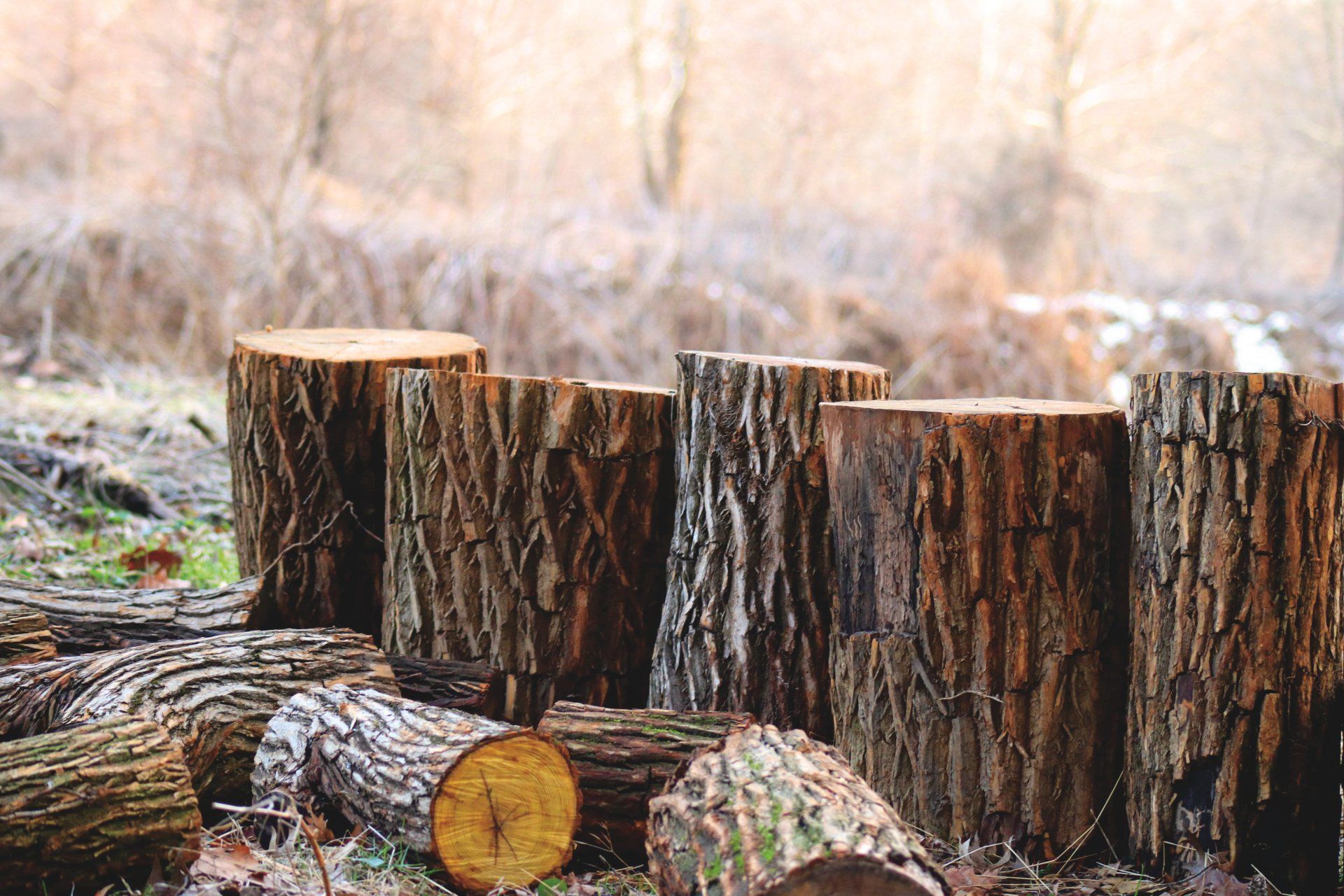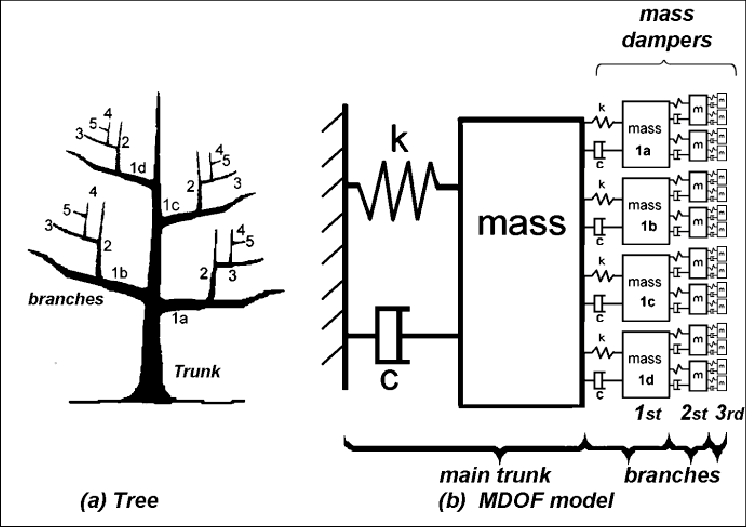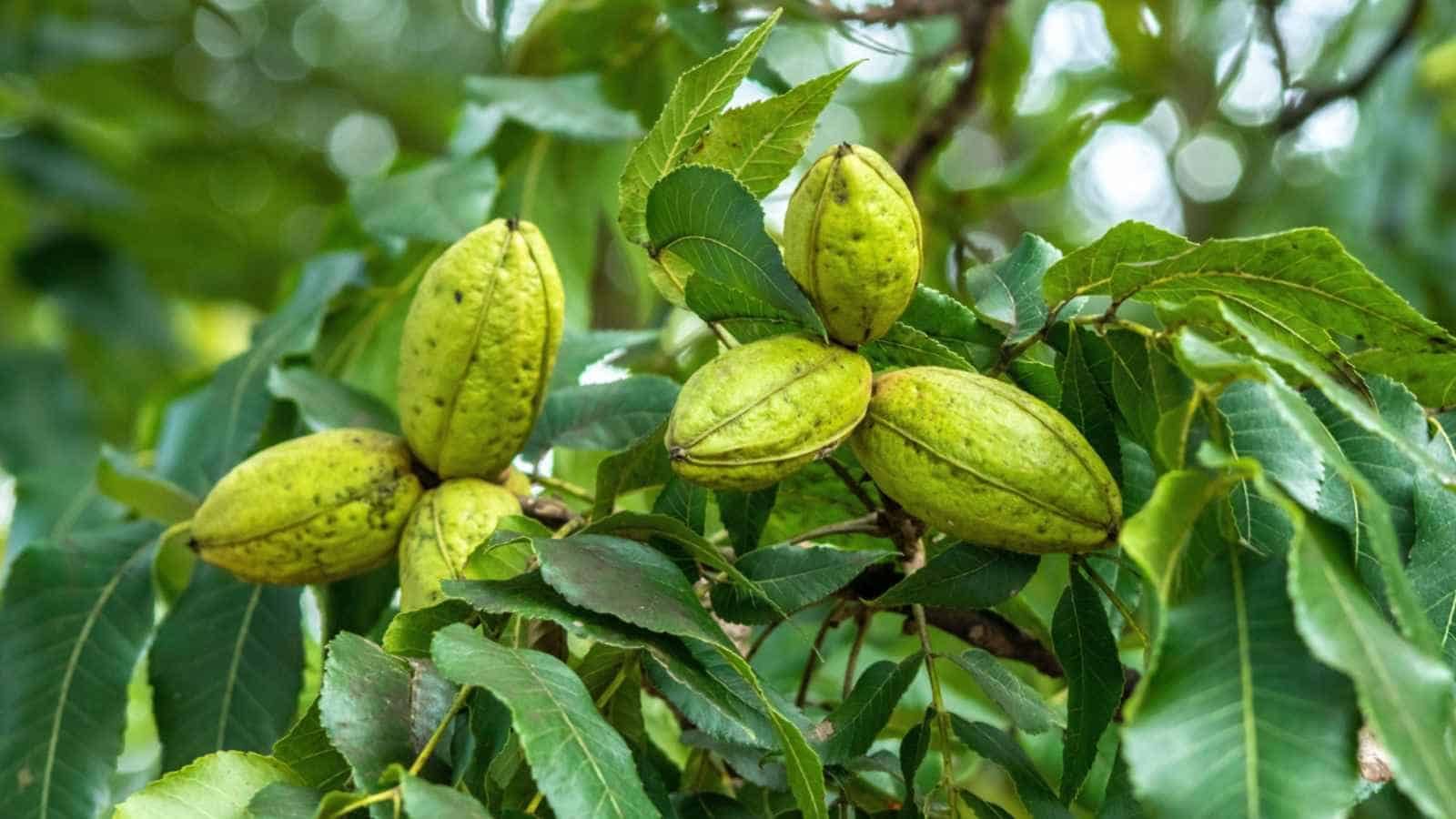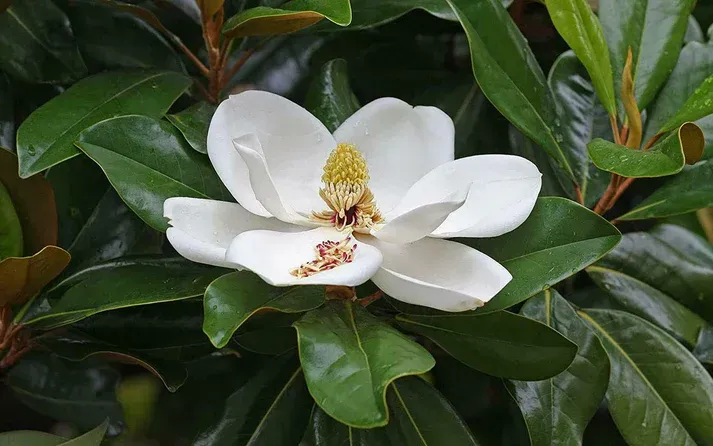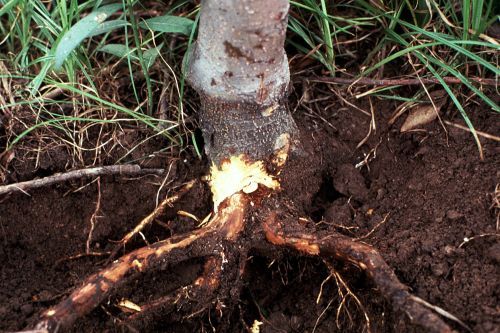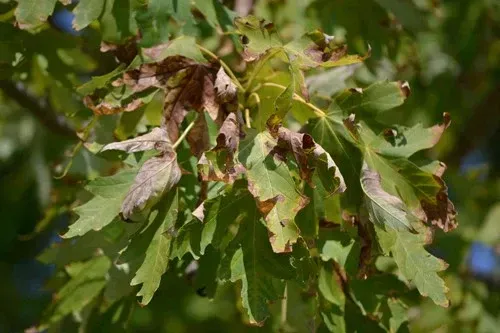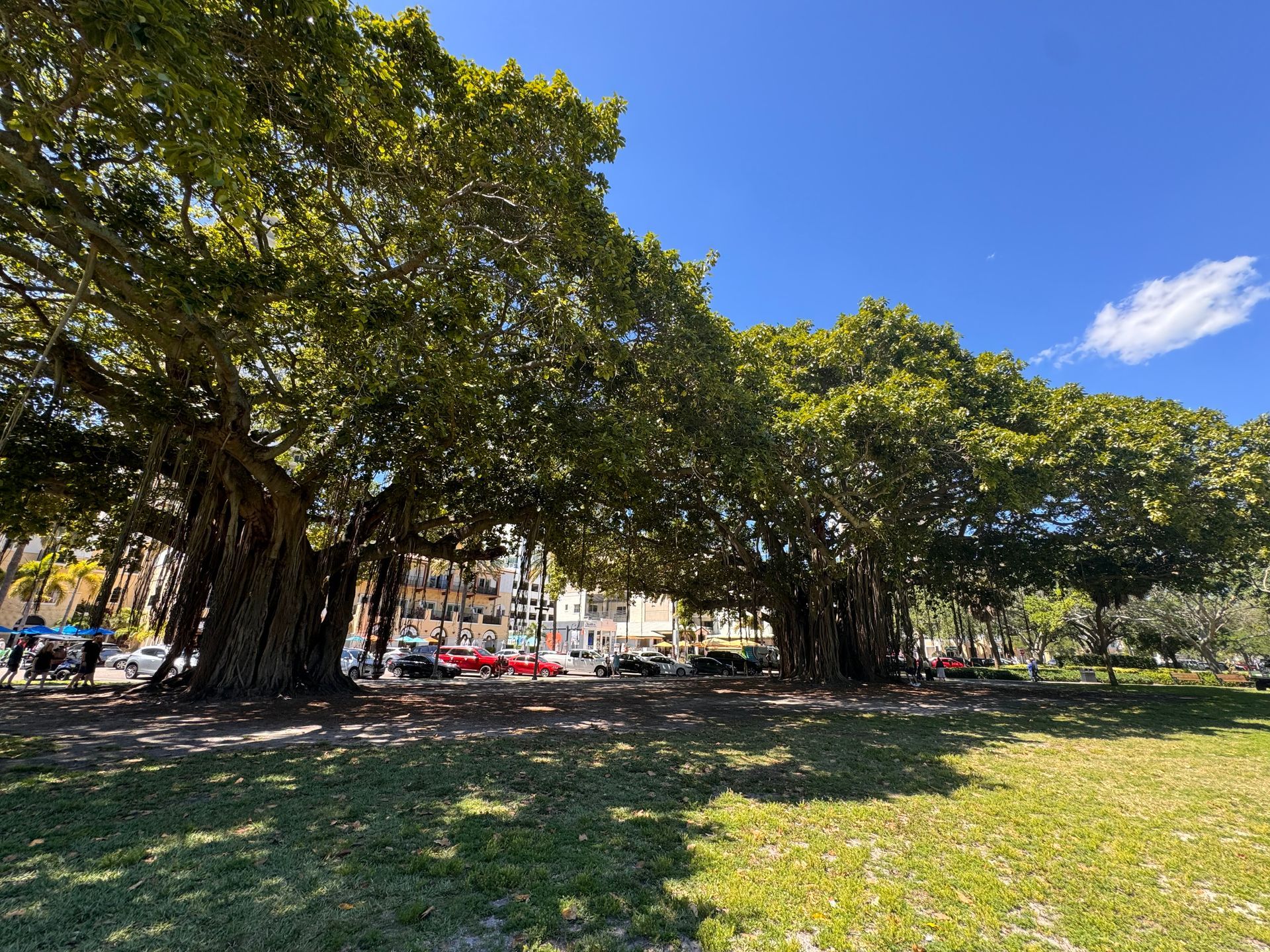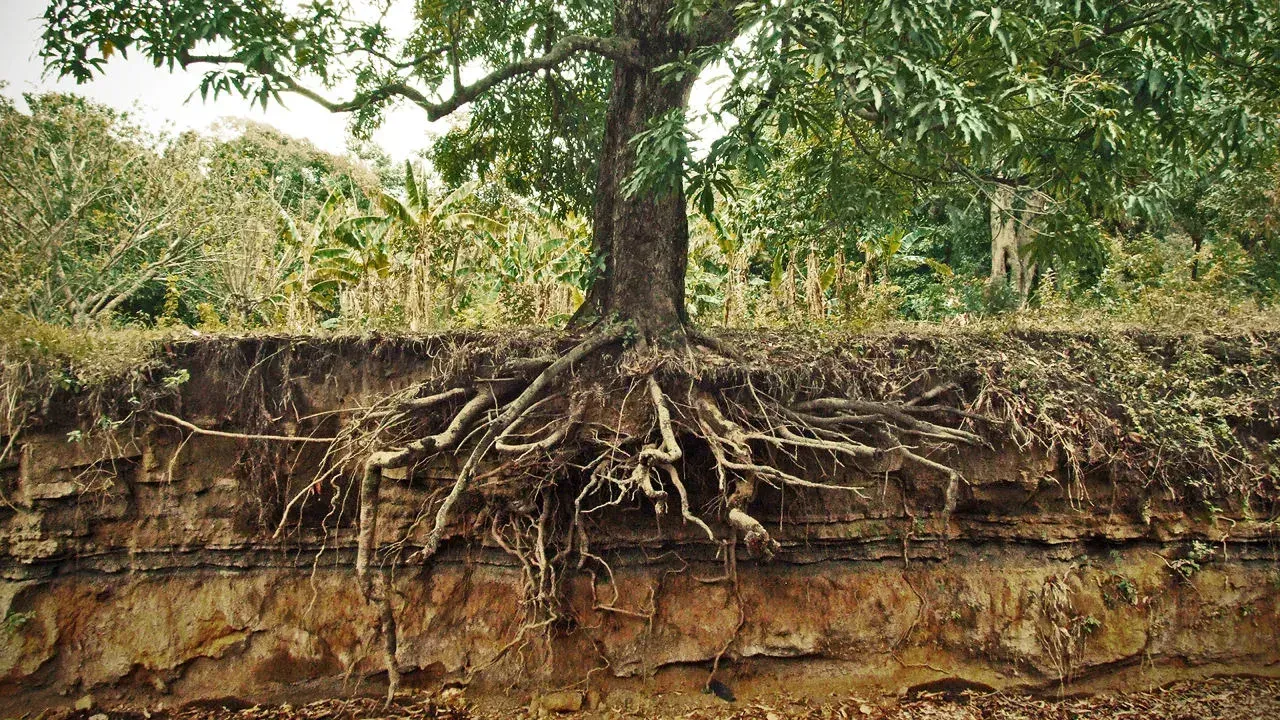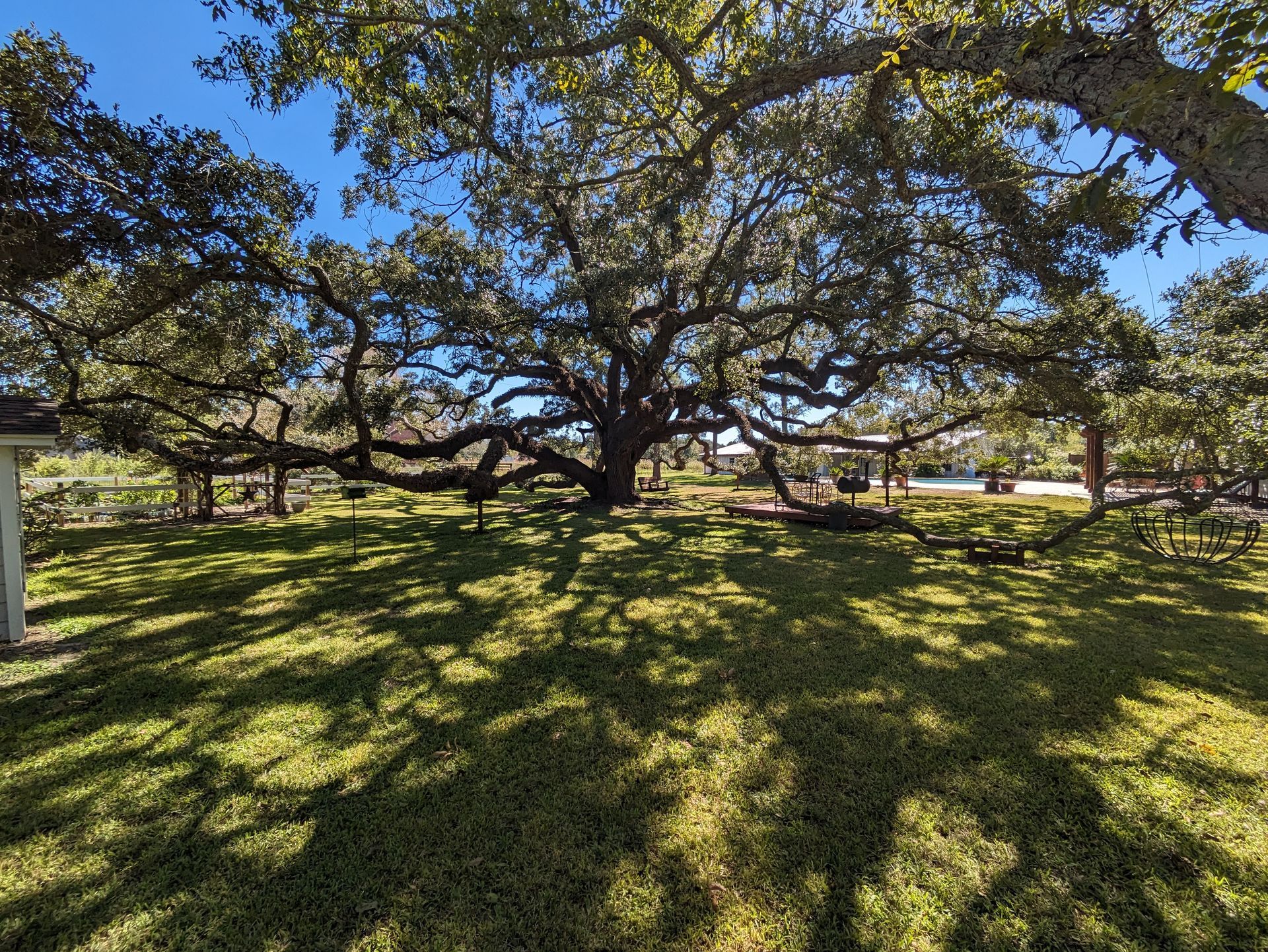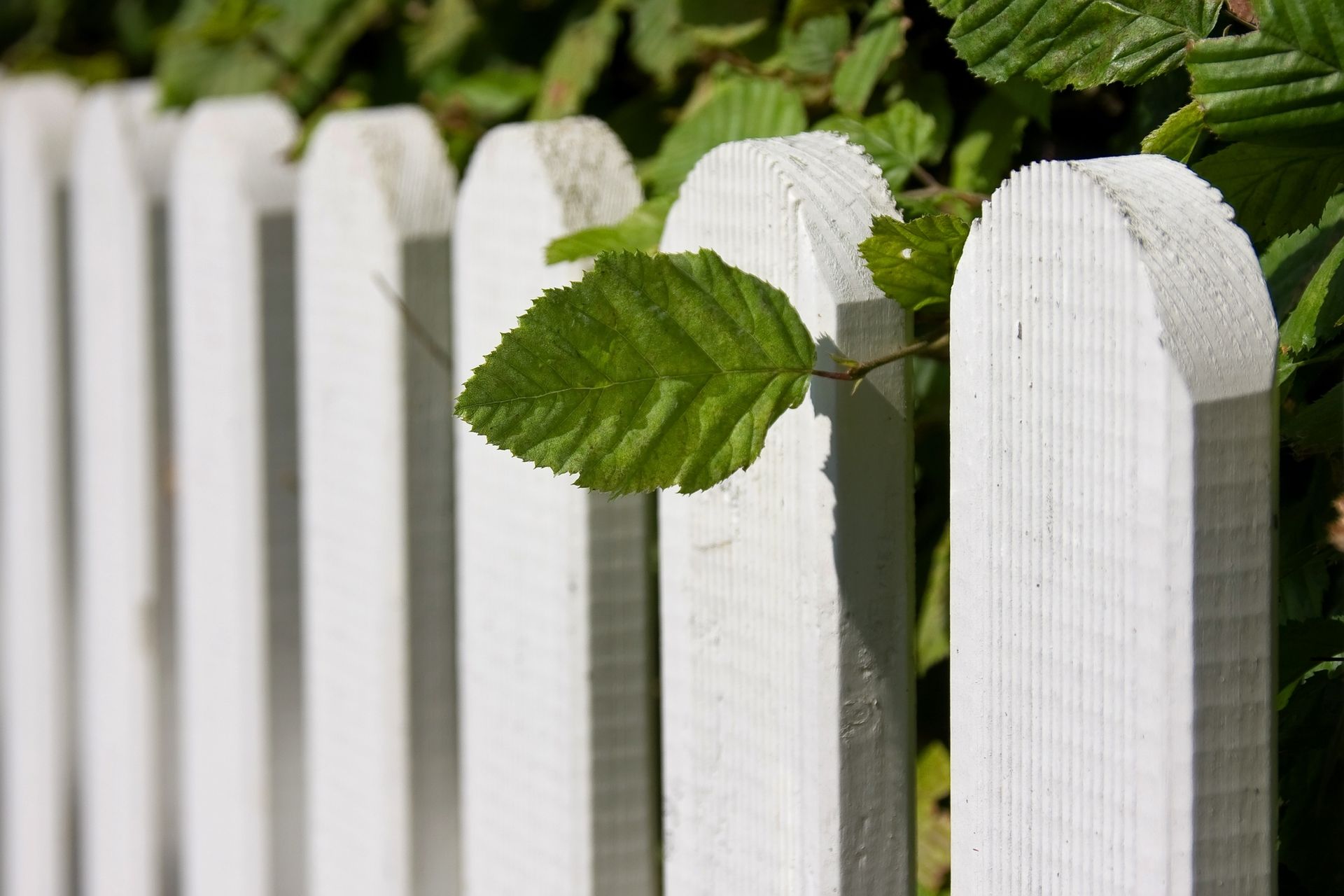Liriope’s Muse: Tree Care Tips from a Master Arborist
TRUSTED TREE CARE SERVICES SINCE 1970
Liriope's Muse: Ball Moss, an Epidemic
Ball moss (Tillandsia recurvata) is a small, tufted plant that often appears on the branches of trees in the southern United States and other warm, humid climates. While it’s commonly mistaken for a harmful parasite, ball moss is actually an epiphyte, meaning it is self-sufficient and can also grow on nonliving hosts such as telephone poles, rocks, fences, and just about any other spot it can anchor its roots. Despite this, its presence can still have negative effects on trees, particularly when it becomes abundant. In this article, we'll explore the impact of ball moss on trees and what you can do to manage it.
What Is Ball Moss?
Ball moss is a member of the bromeliad family, which includes other well-known plants like Spanish moss and pineapples. It typically forms dense clumps about the size of a tennis ball, hence the name "ball moss." The plant attaches itself to the bark of trees using tiny, root-like structures called "holdfasts." Unlike true roots, these holdfasts do not penetrate the tree's bark or extract nutrients; instead, ball moss absorbs moisture and nutrients from the air.
The Negative Effects of Ball Moss
While ball moss does not directly harm trees by feeding on them, its presence can lead to several negative effects:
1. Allelopathic Competition
Ball moss, like every plant has its own unique allelopathic chemicals. The term allelopathy comes from the Greek words allel and pathy, which mean "mutual harm" or "suffering". Think of this like a plants immune system to ward off other plants. These biochemicals influence the germination, growth, survival, and reproduction of other organisms. Moreover, some allelochemicals may function by reducing nutrient availability and essential nutrients.
That said, healthy trees do not typically get ball moss infestations as they are able to naturally ward them off. (1) However, when a tree is stressed (and its natural allelopathy is weakened) it can become inundated with these mossy epiphytes. The moss’ allelopathic chemicals in small quantities is no problem for a tree, however in large quantities they can become highly toxic and negatively influence the trees growth by inhibiting cell division and foliage growth reducing the trees photosynthesis capacity and the overall vigor.(2) This weakens the tree making them more susceptible to pests, diseases, and even other plants/trees due to their reduced allelopathic defense.
2. Reduced Light and Airflow
When ball moss becomes abundant, it can create dense clusters on tree branches. These clusters can block sunlight from reaching the leaves, which are essential for photosynthesis. Additionally, the mass of ball moss can reduce airflow around the branches, potentially creating a more humid environment that favors the growth of fungi and other pathogens.
3. Increased Weight on Branches
Ball moss may not seem heavy individually, but when numerous clumps accumulate, they can add significant weight to the branches. This added weight can stress the branches, making them more susceptible to breaking, especially during storms or high winds. In extreme cases, heavily infested branches may even break off entirely.
4. Competition for Space
While ball moss doesn’t directly compete with trees for nutrients, it does compete for space on the branches. The physical presence of ball moss can crowd out new growth, particularly on smaller branches and twigs. Over time, this can reduce the tree’s ability to produce new leaves and shoots, leading to a decline in overall health.
5. Attracting insects
Ball moss can create an environment that attracts various harmful insects. These insects can range from benign species to those that pose a serious threat to the health of your already stressed trees. For instance, scale and aphids, bark beetles, spider mites, and more. These pests not only damage the tree but they are vectors for disease as well.
6. Aesthetic Concerns
From an aesthetic standpoint, ball moss can detract from the appearance of a tree. While some people find the presence of ball moss visually appealing, others may view it as unsightly, particularly when it becomes dense and covers large portions of a tree. For homeowners and property managers, this can be a concern, especially if the tree is a focal point in the landscape.
Managing Ball Moss
Managing ball moss is generally straightforward, but it requires consistent effort to prevent it from becoming a significant problem.
1. Pruning
Regular pruning of affected branches can help reduce the amount of ball moss on a tree. By removing infested branches, you can improve light penetration and airflow, reducing the likelihood of ball moss proliferating. Pruning also helps alleviate the added weight on branches, minimizing the risk of breakage.
2. Manual Removal
For smaller infestations, ball moss can be manually removed from the tree. This involves carefully pulling or cutting the clumps away from the branches. While time-consuming, this method is effective and doesn’t require chemicals.
3. Chemical Control
In cases where ball moss has become widespread and manual removal is impractical, chemical control may be necessary. Through our personal in field experience, we’ve found that baking soda works best (as recommended by Texas A&M) and copper products harm the natural and essential microflora of the tree. (3) The application of baking soda doesn’t harm trees but kills moss by drying it out and creating an unstable breeding ground on the tree. Baking soda is highly effective in the management of ball moss, it can kill an entire infestation in just a few days.
Prevention
The best way to manage ball moss is to prevent it from becoming established in the first place. Regularly inspect your trees for early signs of ball moss and take action promptly if you notice any clumps forming. Ensuring that your trees are healthy and well-maintained can also reduce the likelihood of ball moss taking hold, as vigorous trees are better equipped to resist infestations.
While ball moss is not a parasitic threat to trees, its presence can still have negative effects, particularly when it becomes abundant. By understanding the impact of ball moss and taking proactive steps to manage it, you can help ensure that your trees remain healthy, strong, and visually appealing. Regular pruning, manual removal, and, if necessary, chemical treatments can all be effective in controlling ball moss and preventing it from becoming a significant problem in your landscape.
Sources:
(1)https://openurl.ebsco.com/EPDB%3Agcd%3A9%3A7092025/detailv2?sid=ebsco%3Aplink%3Ascholar&id=ebsco%3Agcd%3A89128505&crl=c
(2)https://www.cambridge.org/core/journals/journal-of-tropical-ecology/article/abs/do-epiphytes-affect-the-fitness-of-their-phorophytes-the-case-of-tillandsia-recurvata-on-bursera-copallifera/592F1DAB4037EC1F63CB32B192648D3A
(3)https://kerr.agrilife.org/files/2014/02/ball-moss1.pdf
Liriope’s Muse - Expert Tree Care Tips
